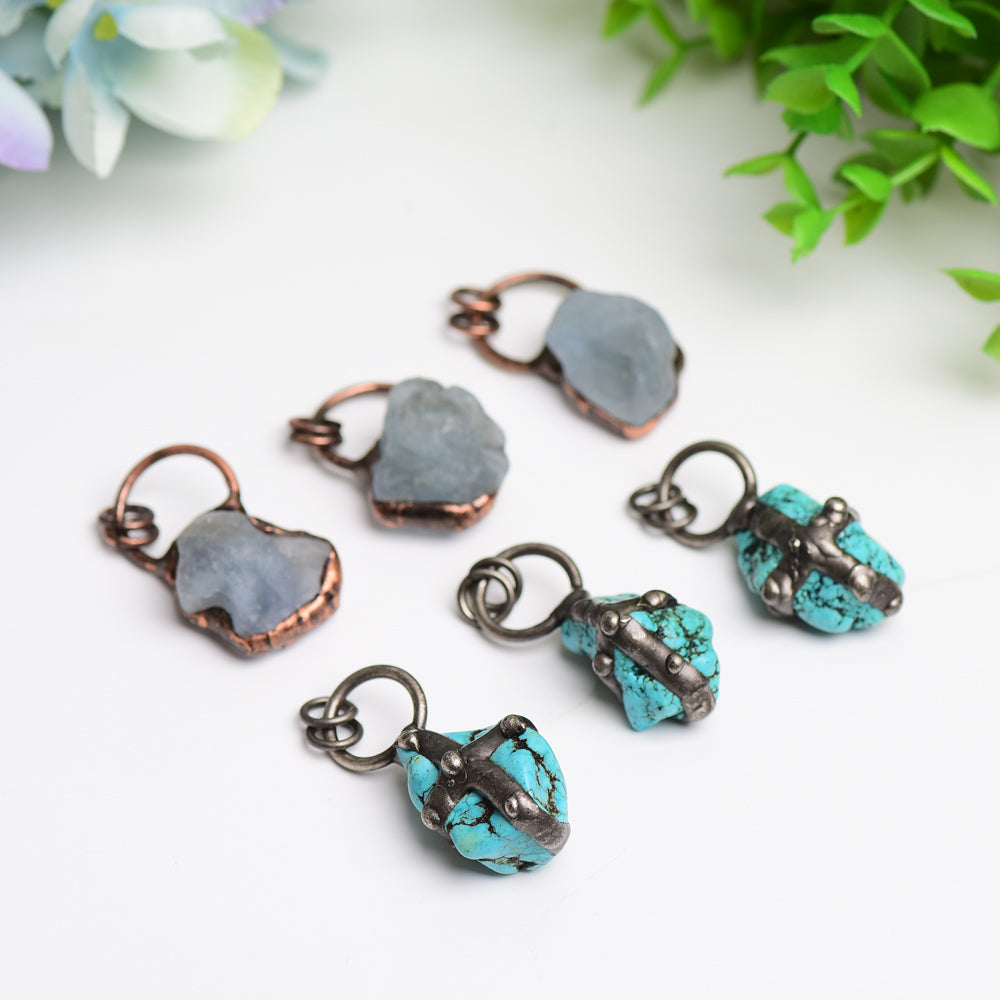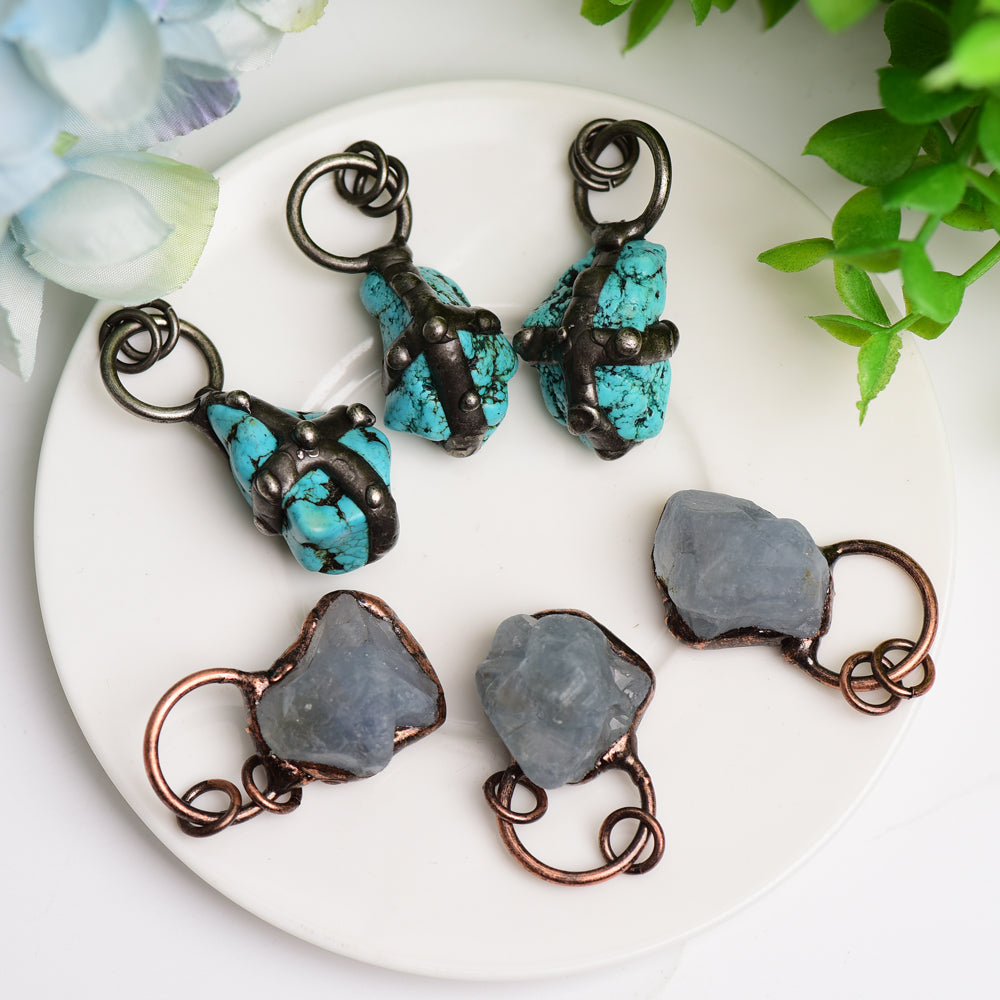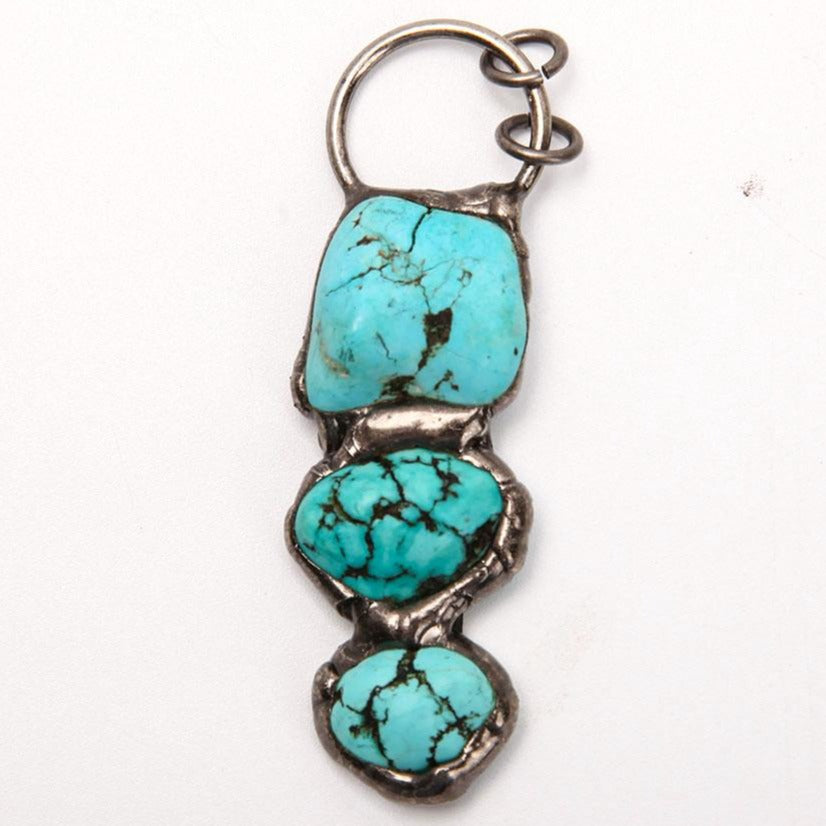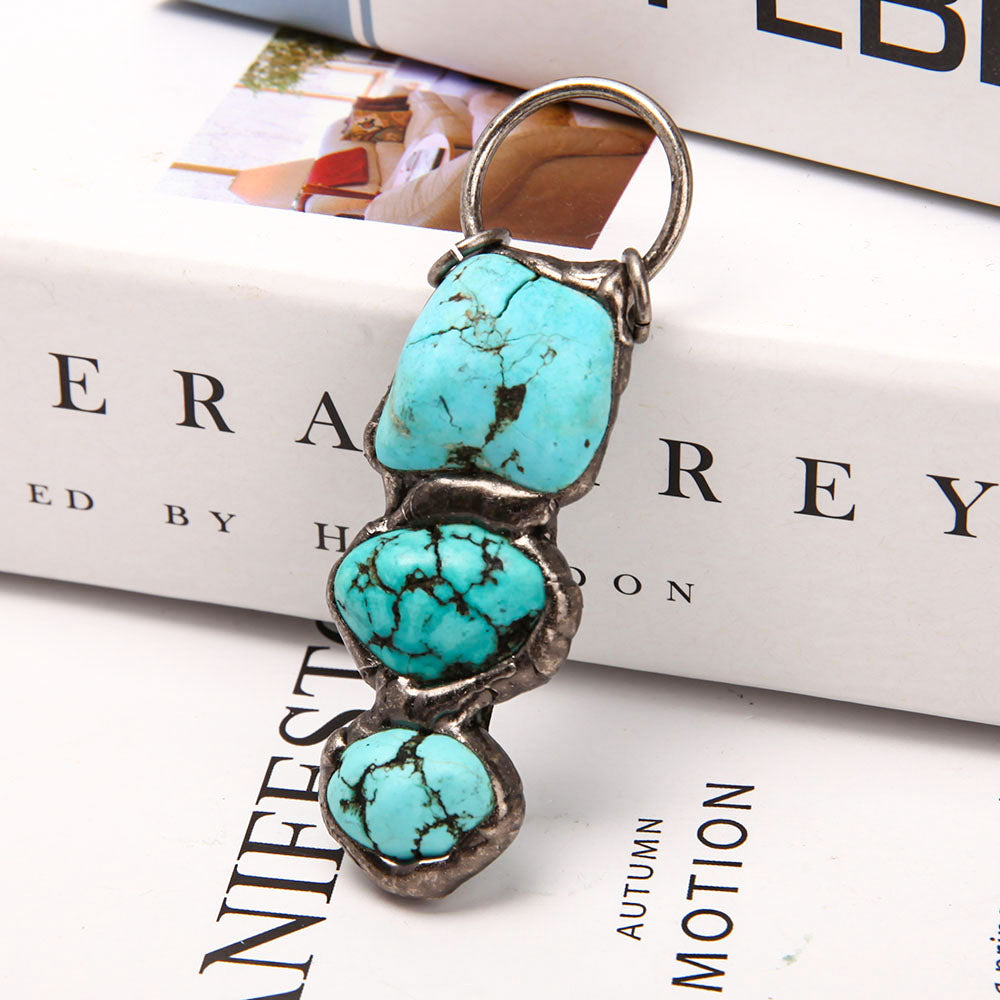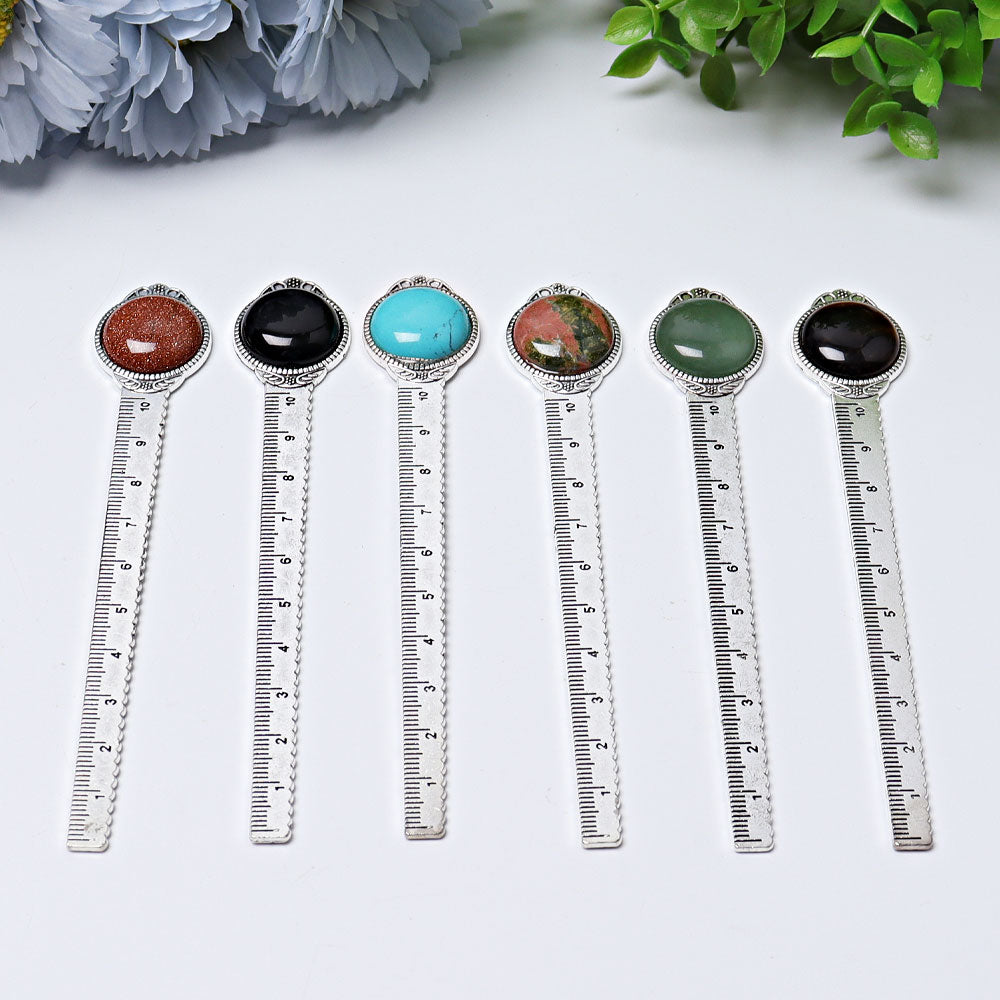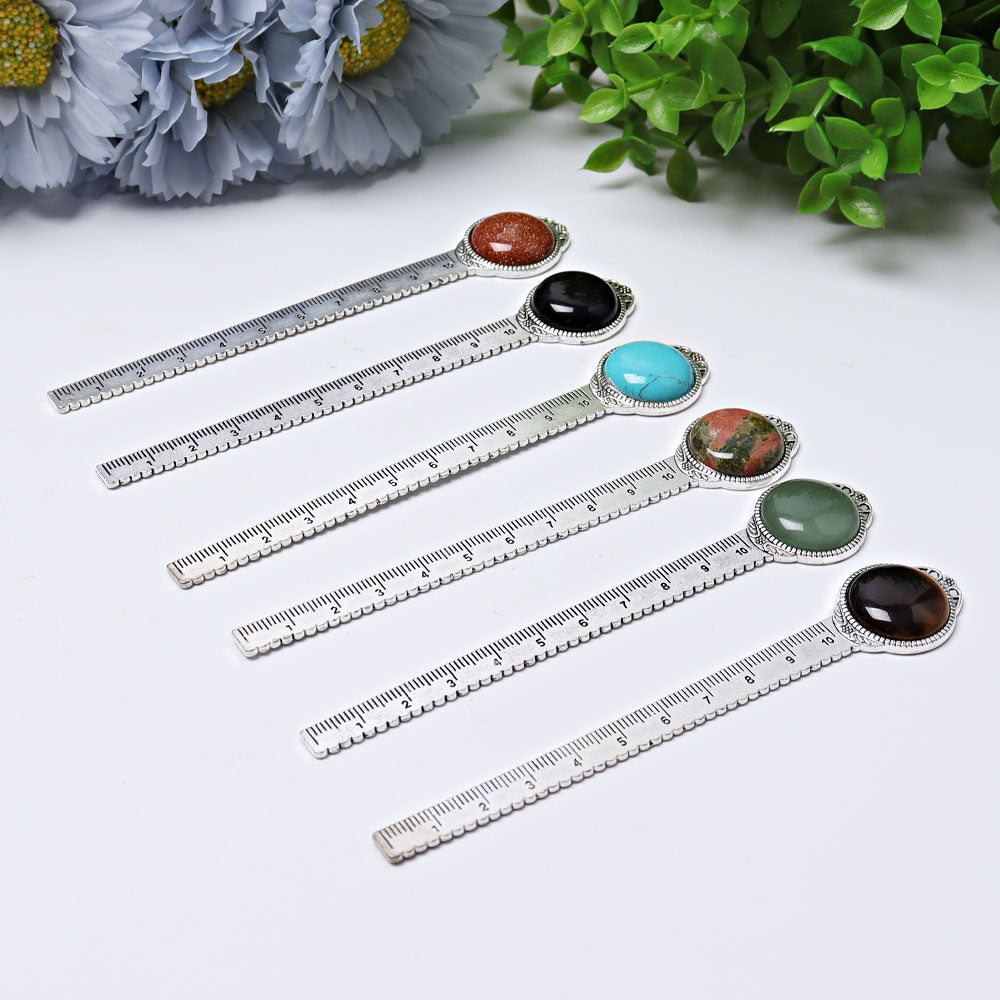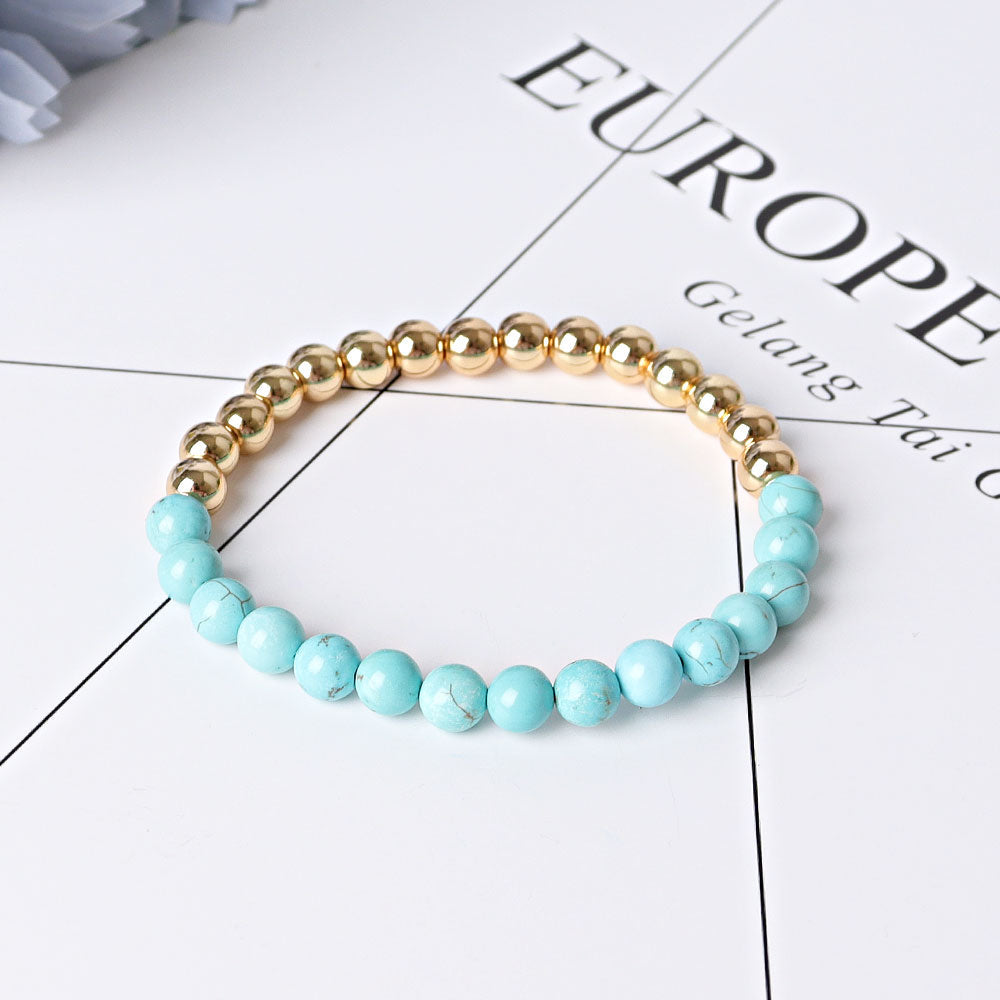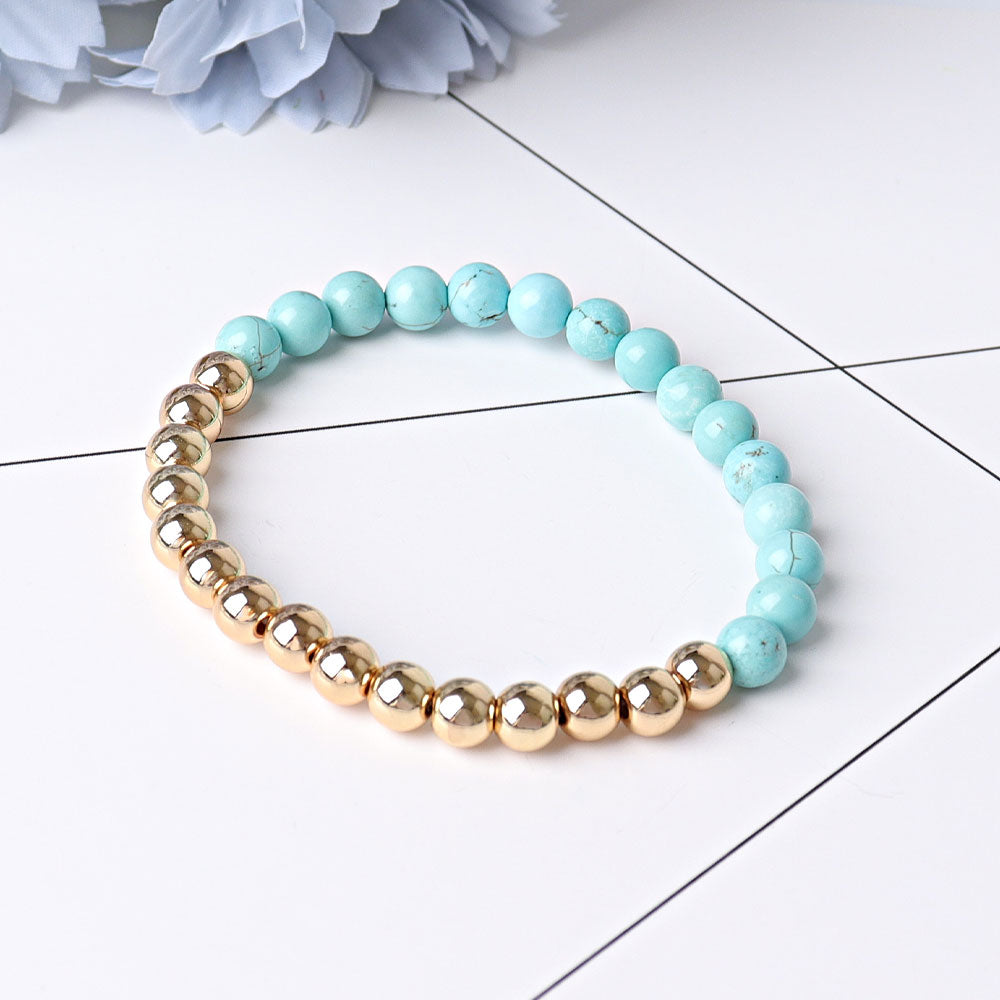
Türkisstein
112 Produkte
Zeigt 1 - 24 von 112 Produkten
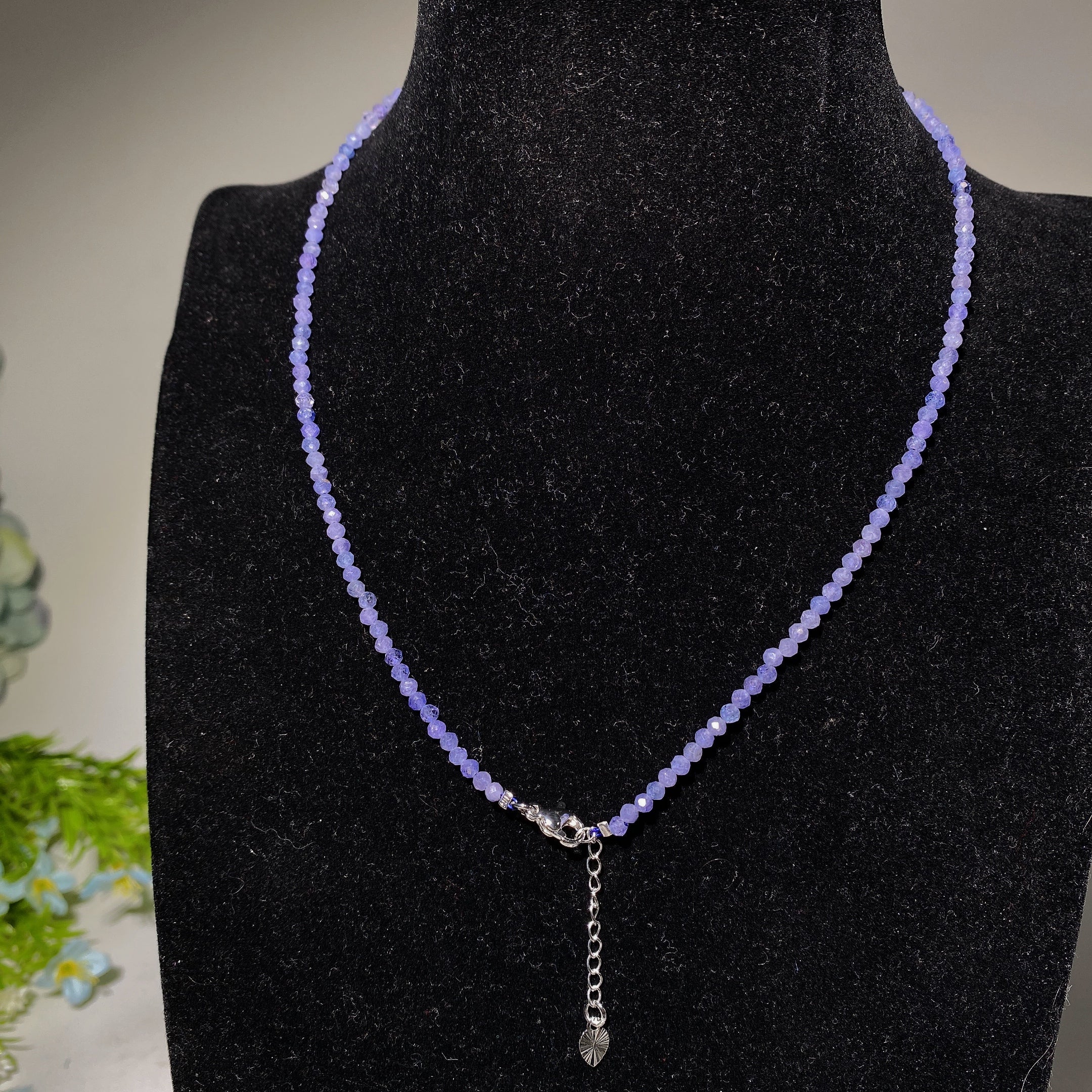
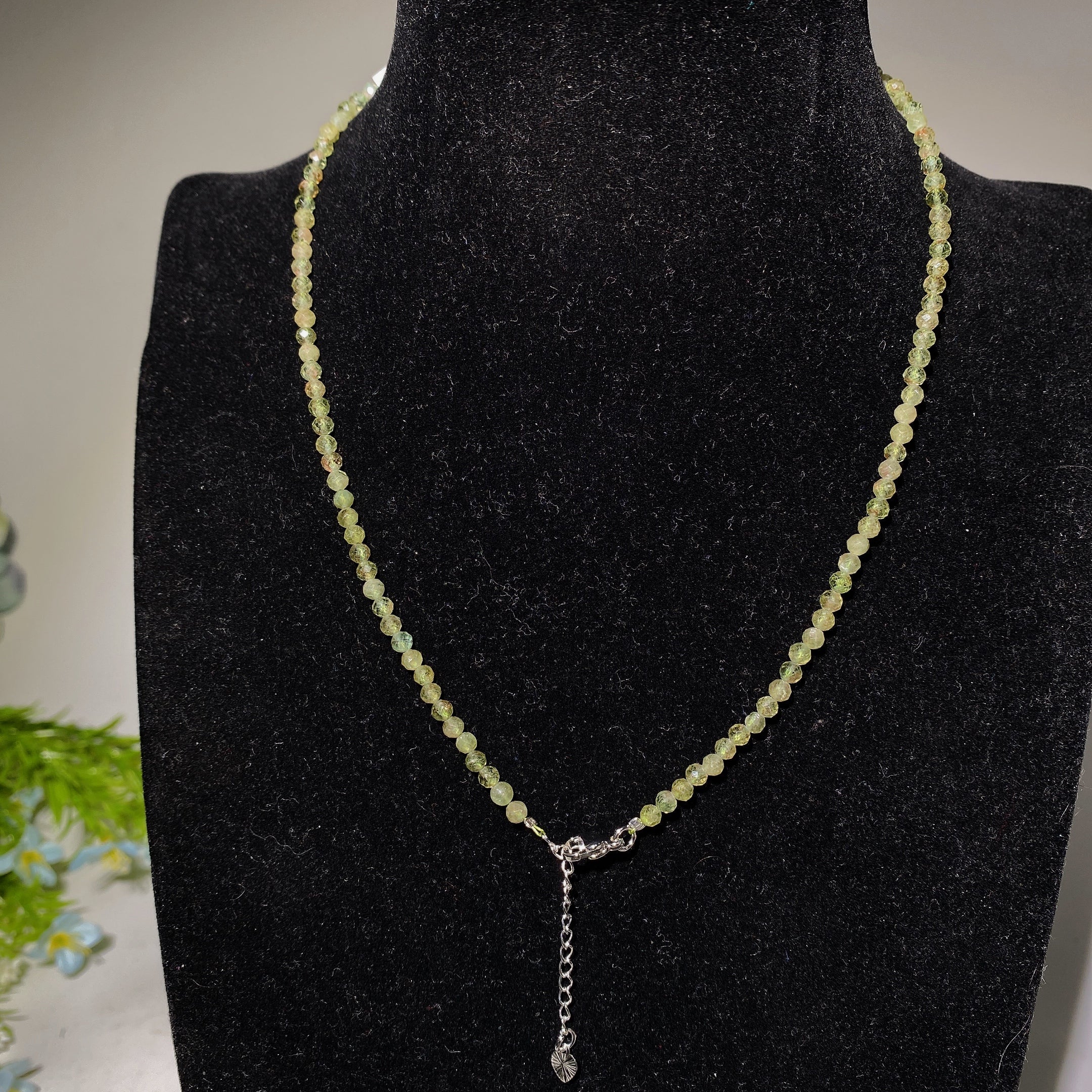

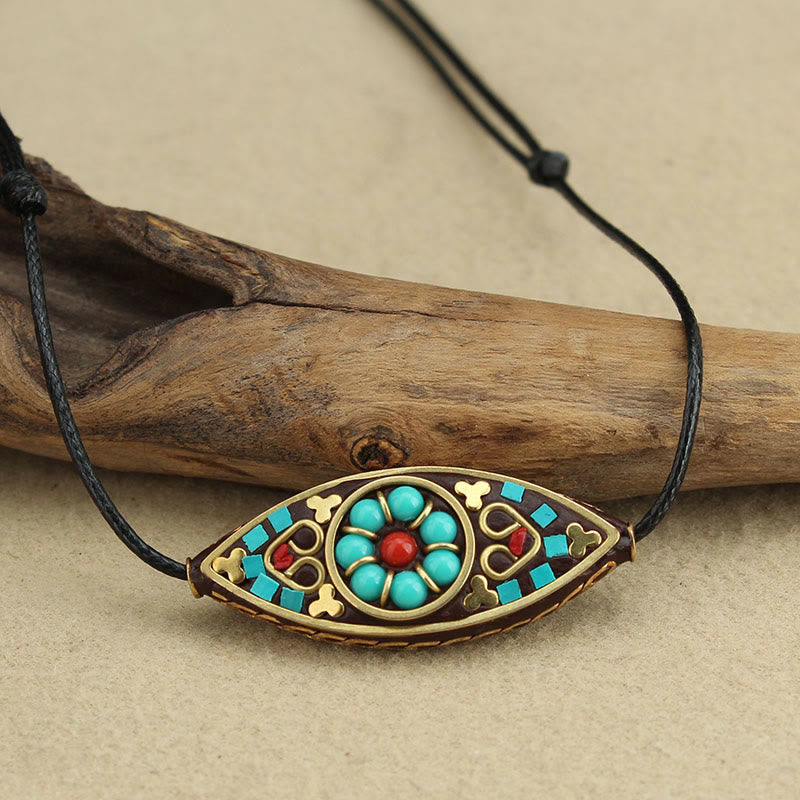
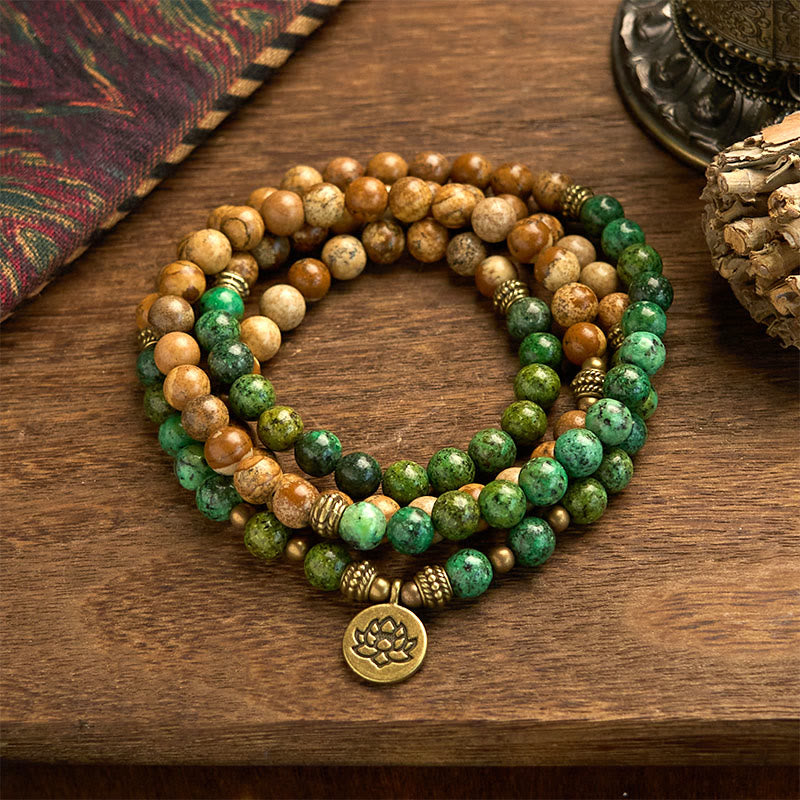

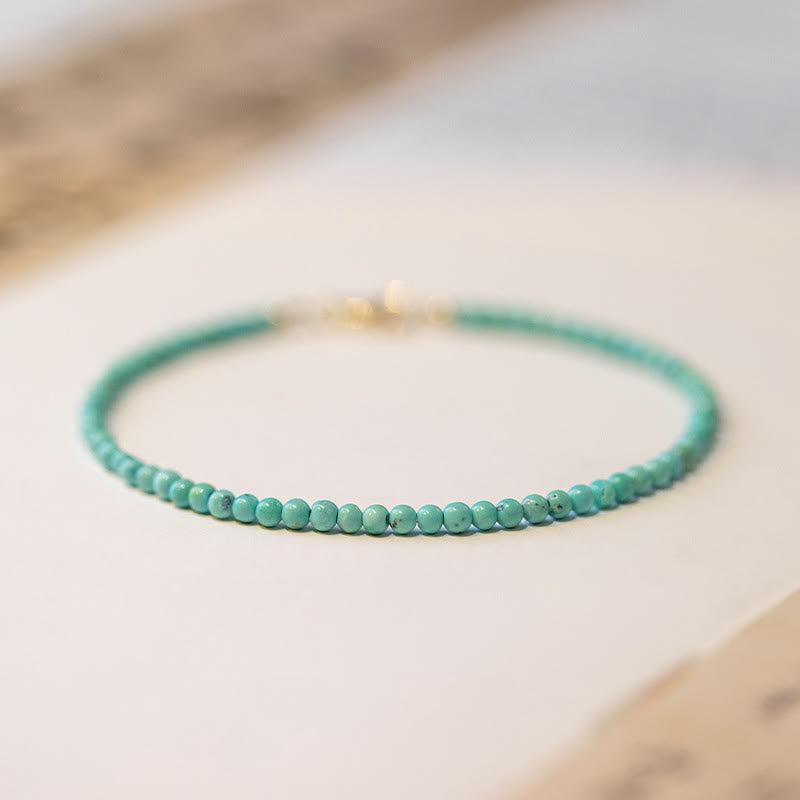

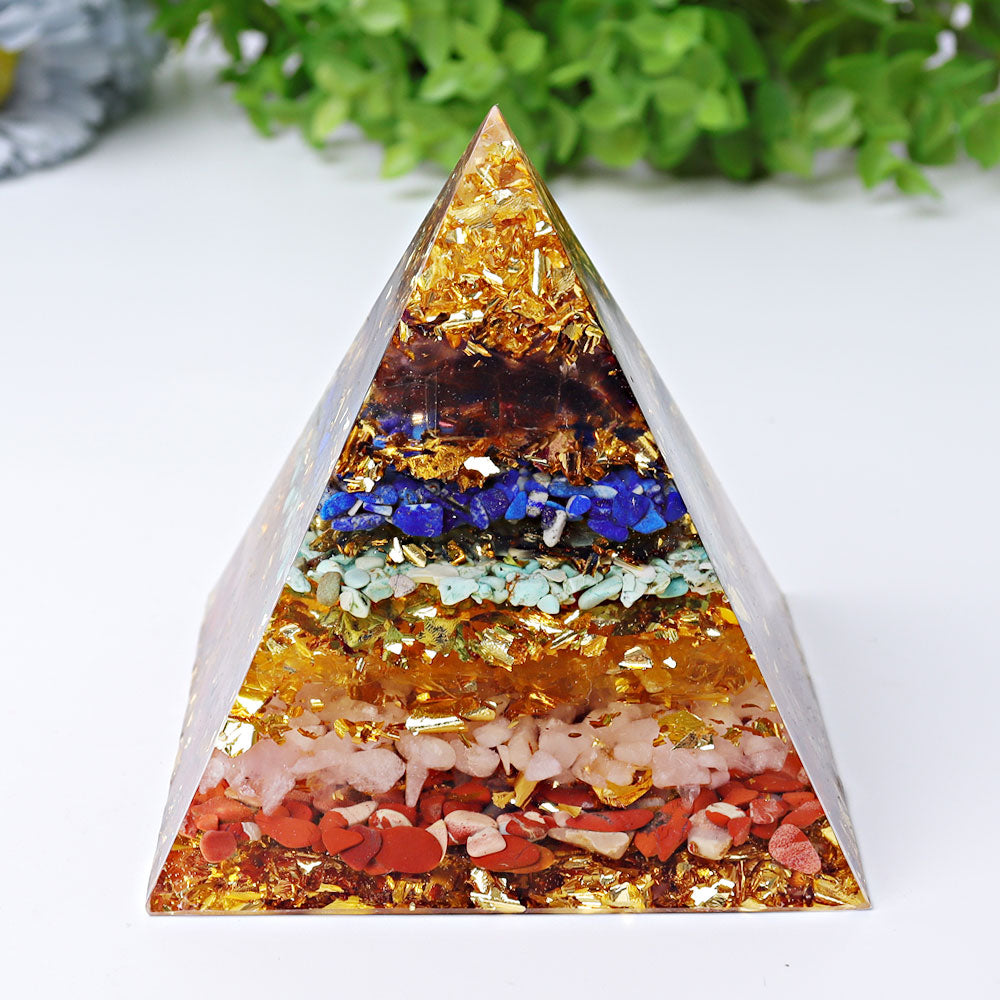
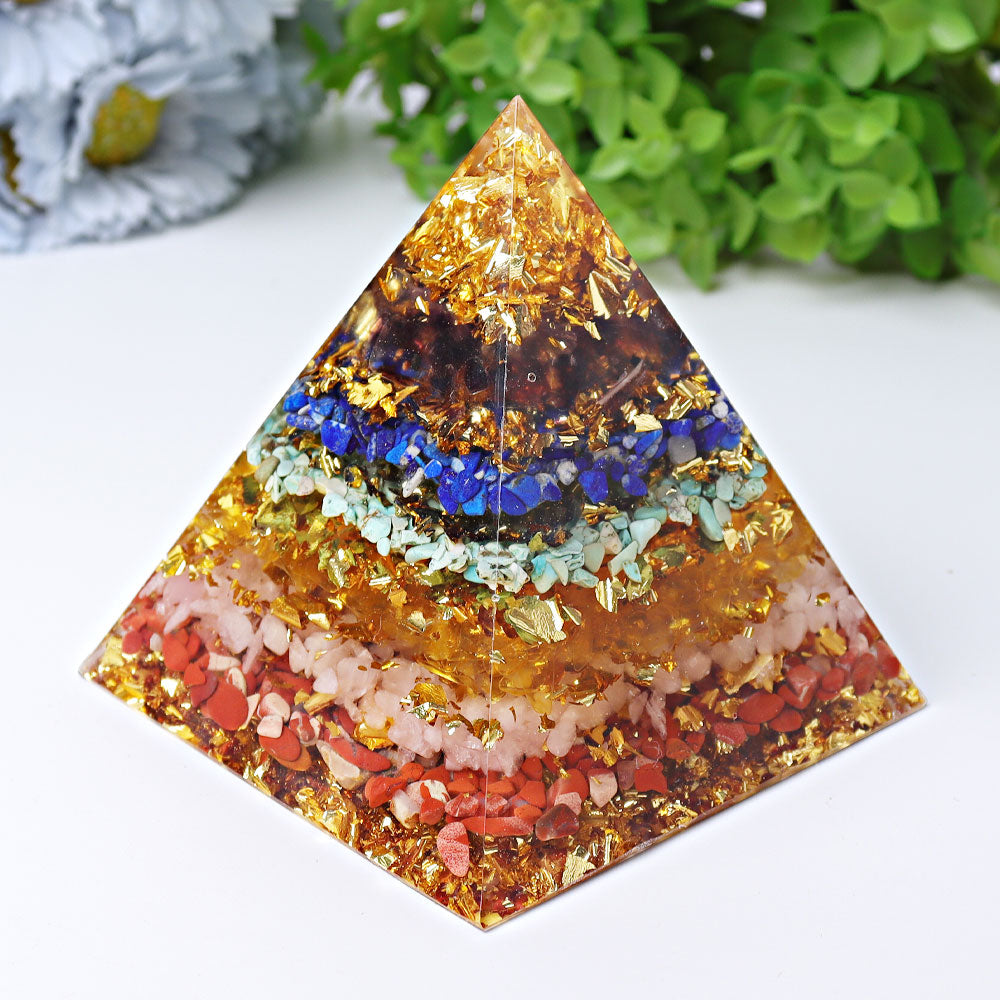
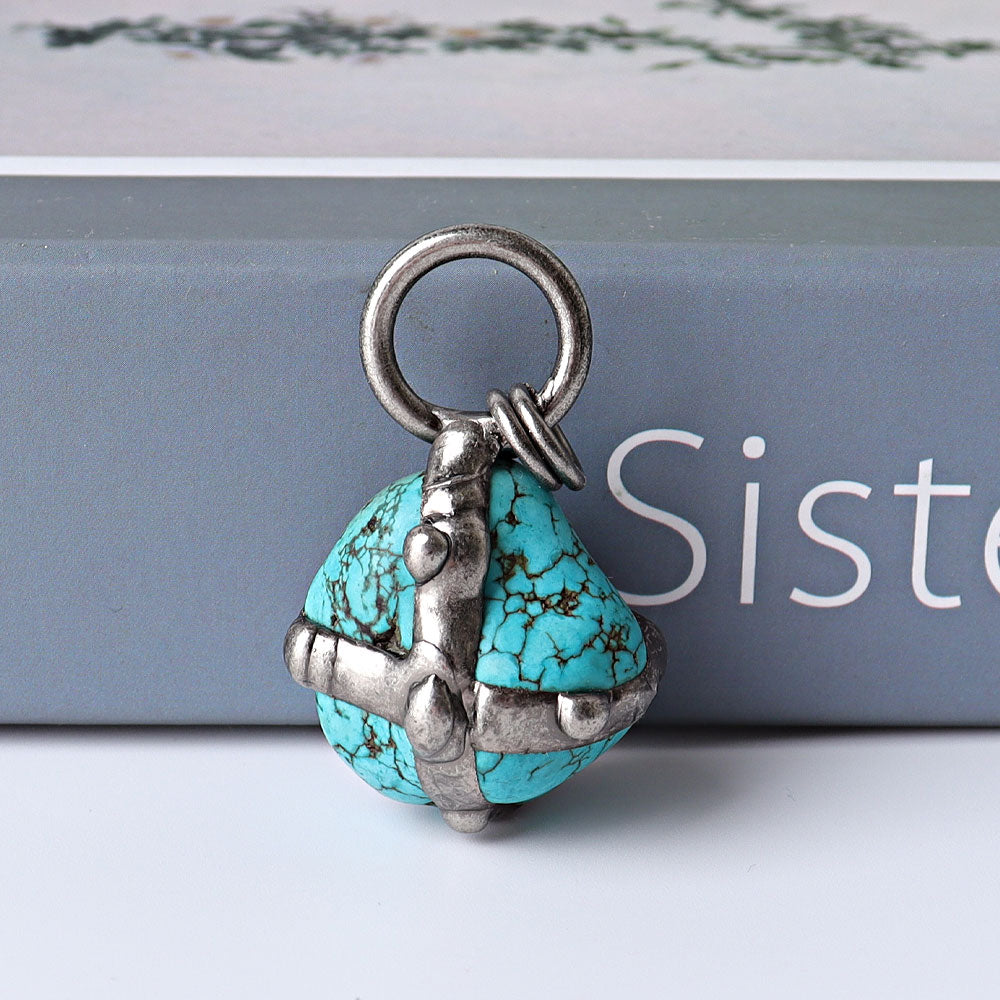
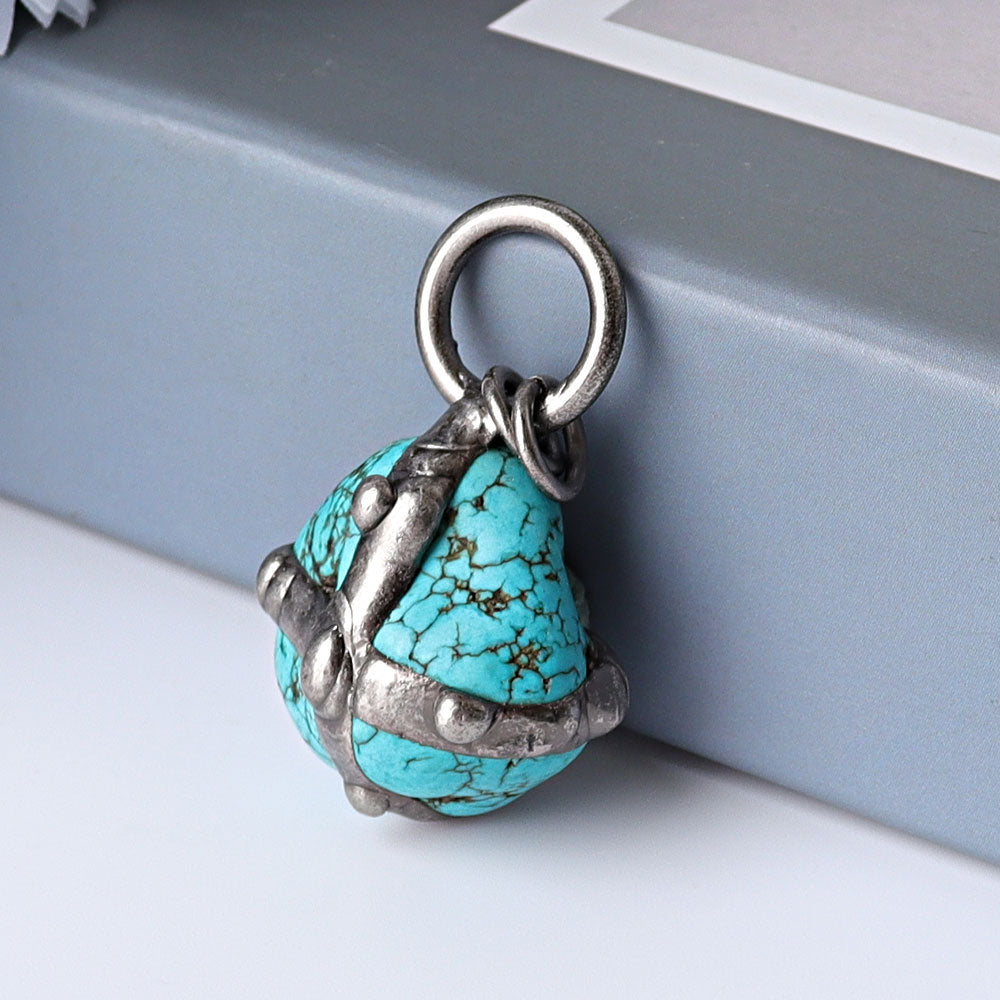
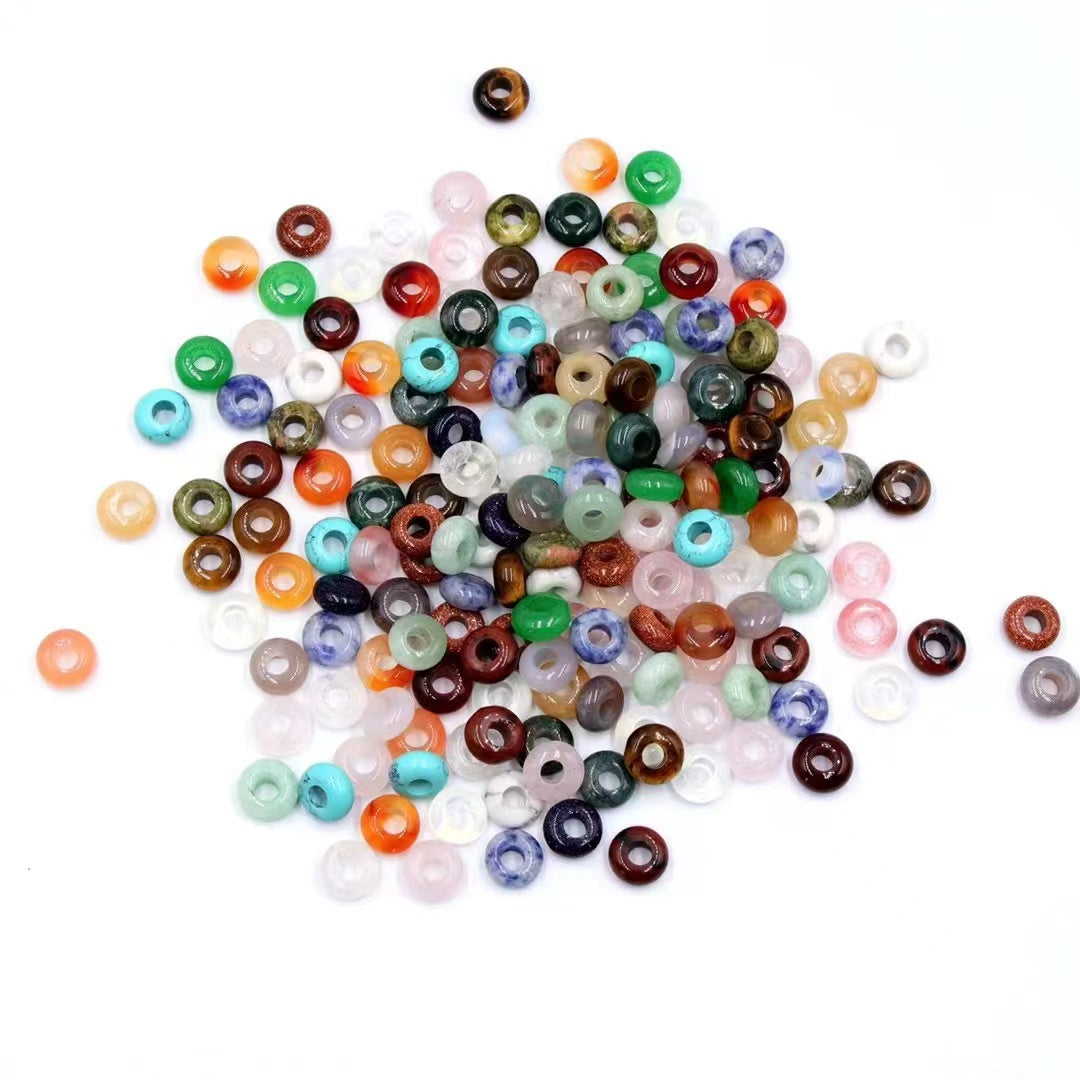
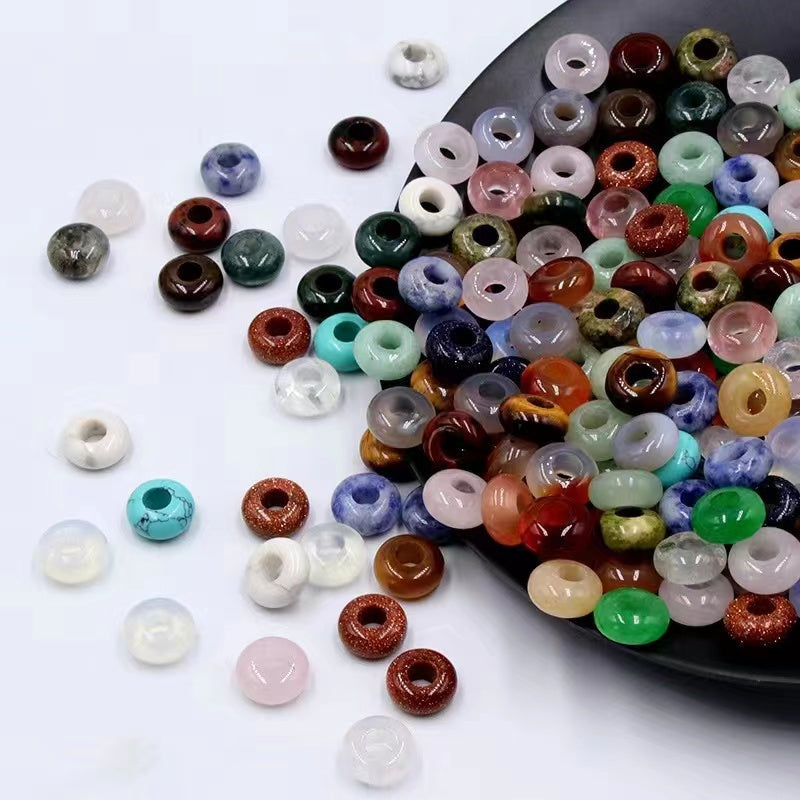
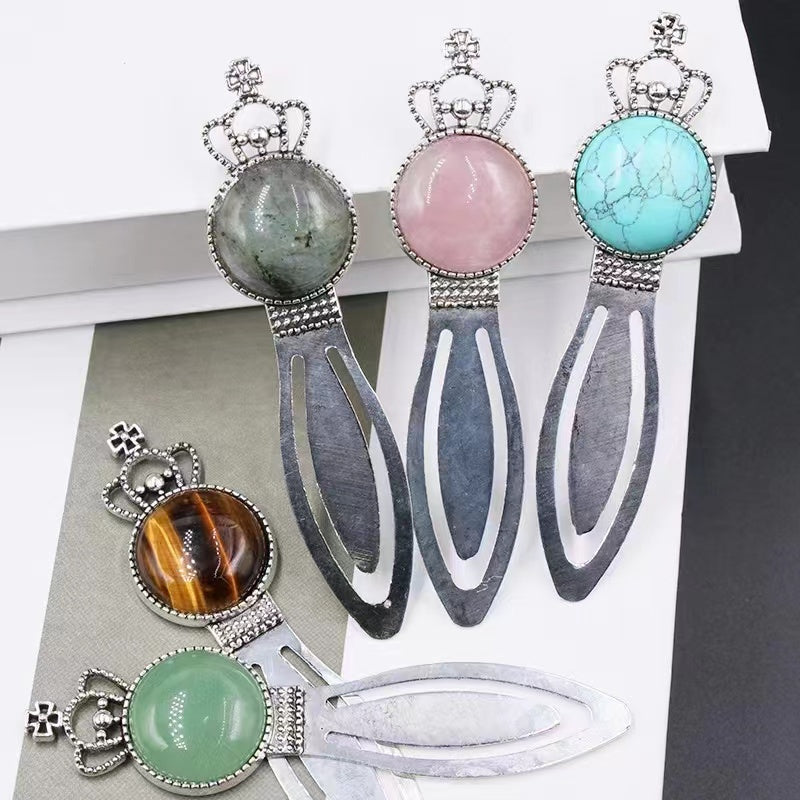
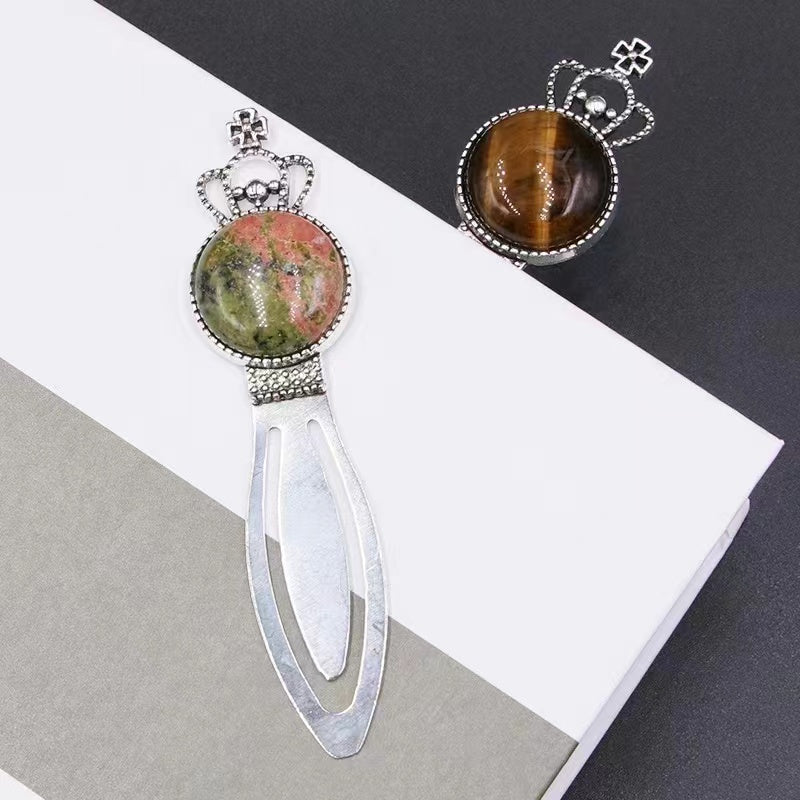
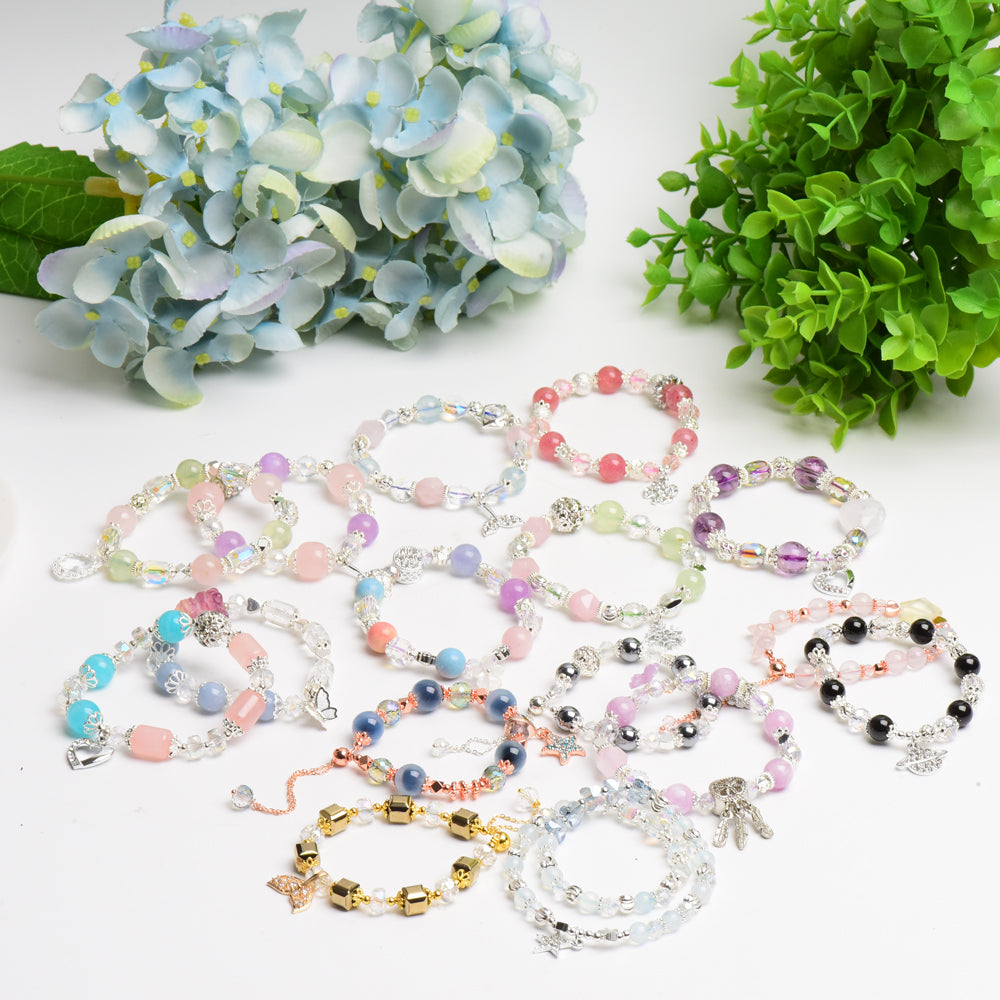
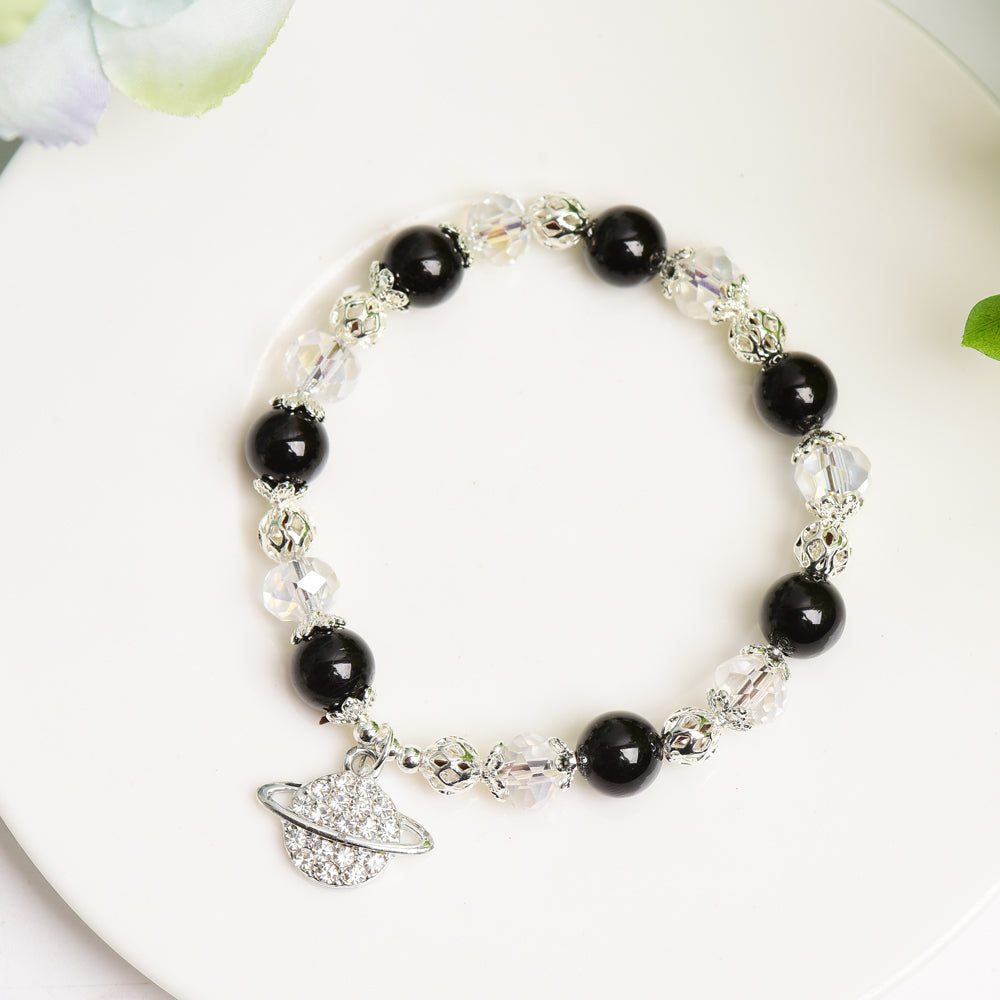
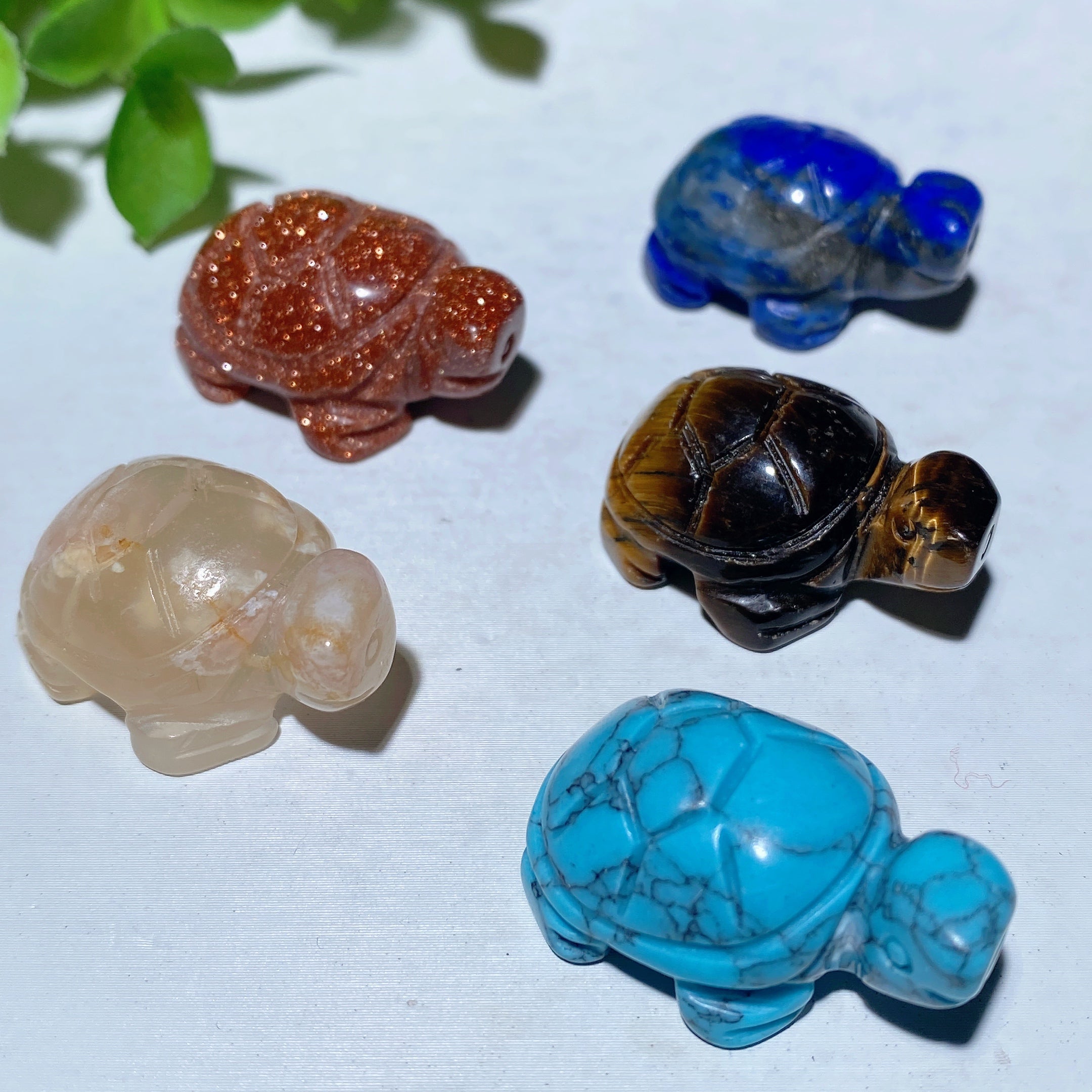
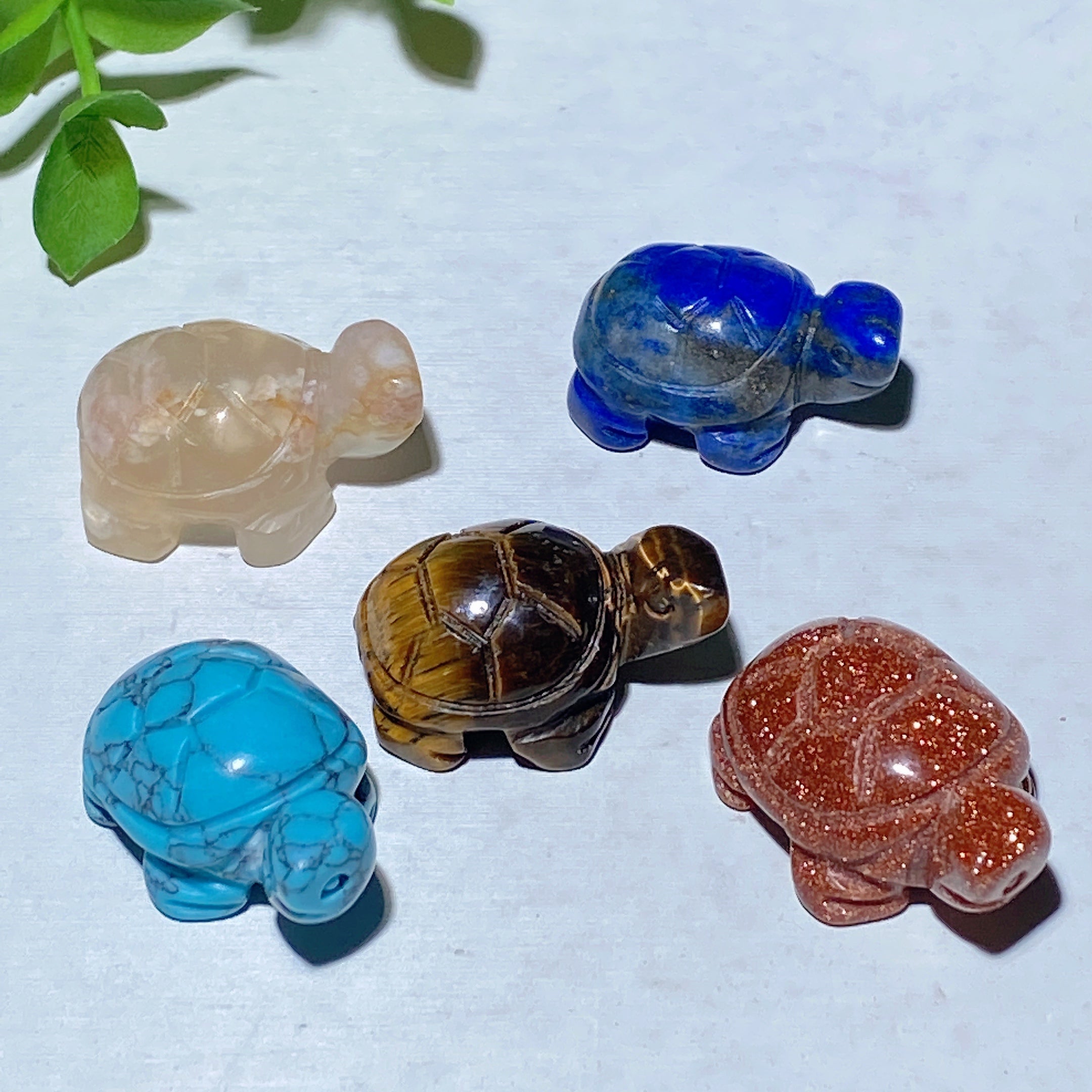
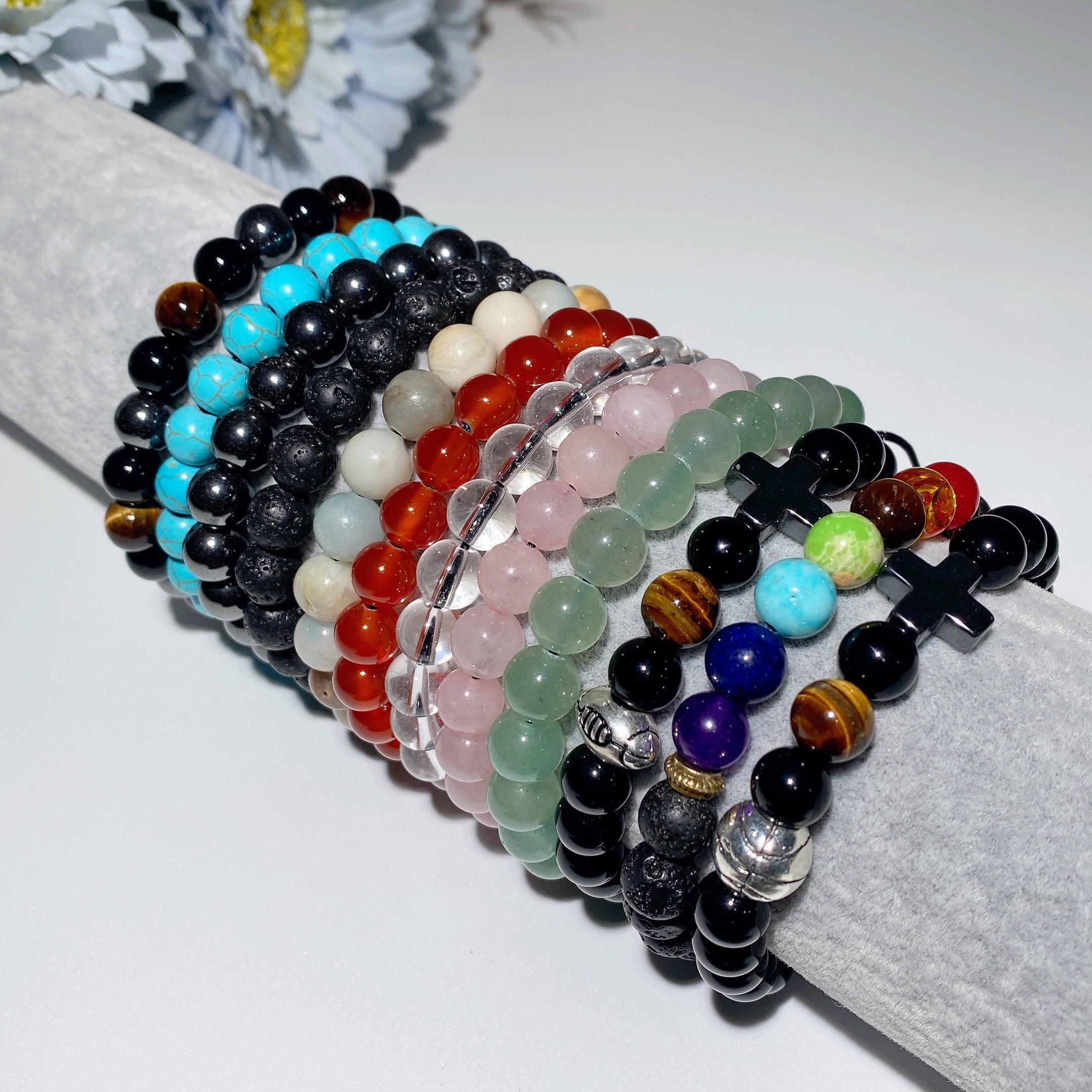
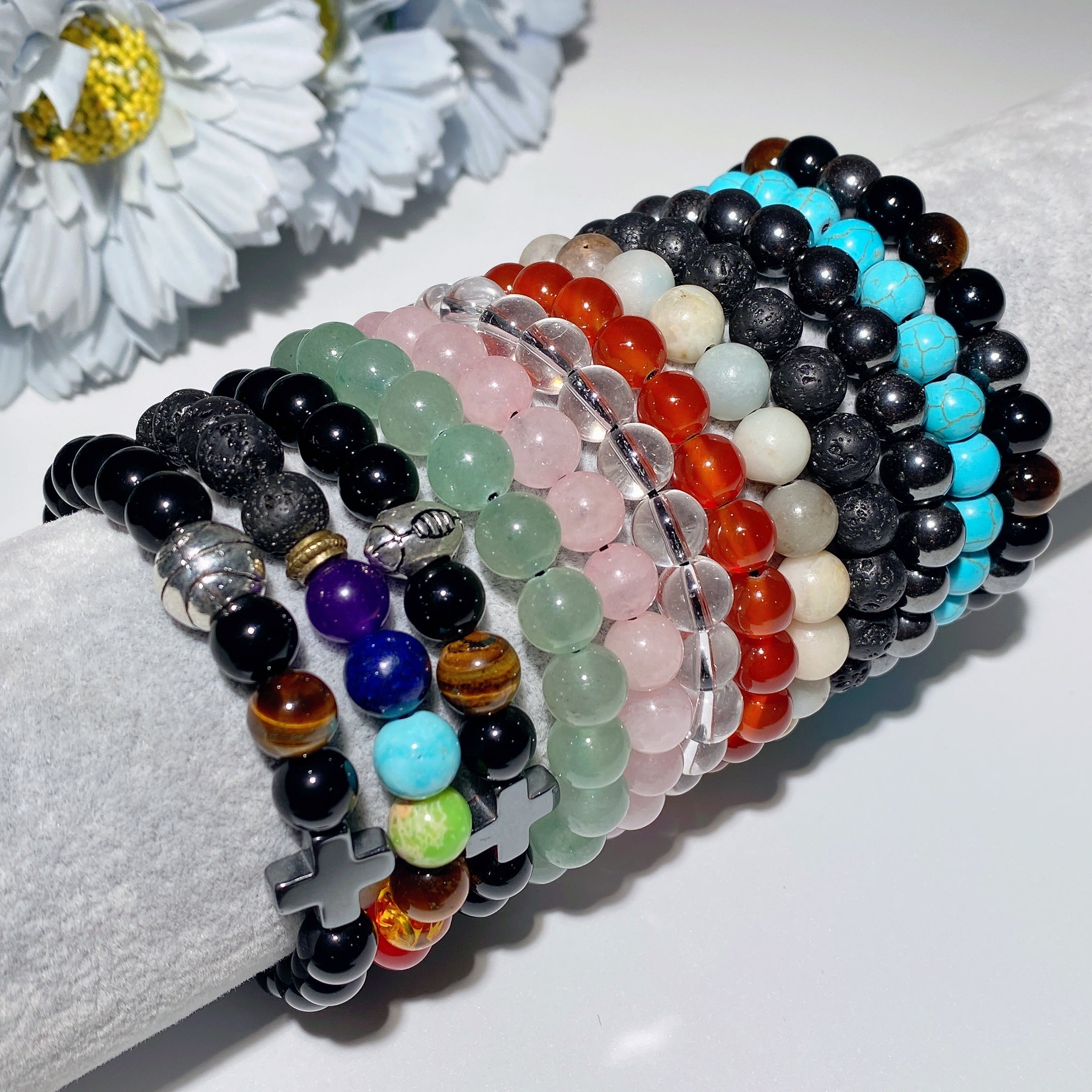

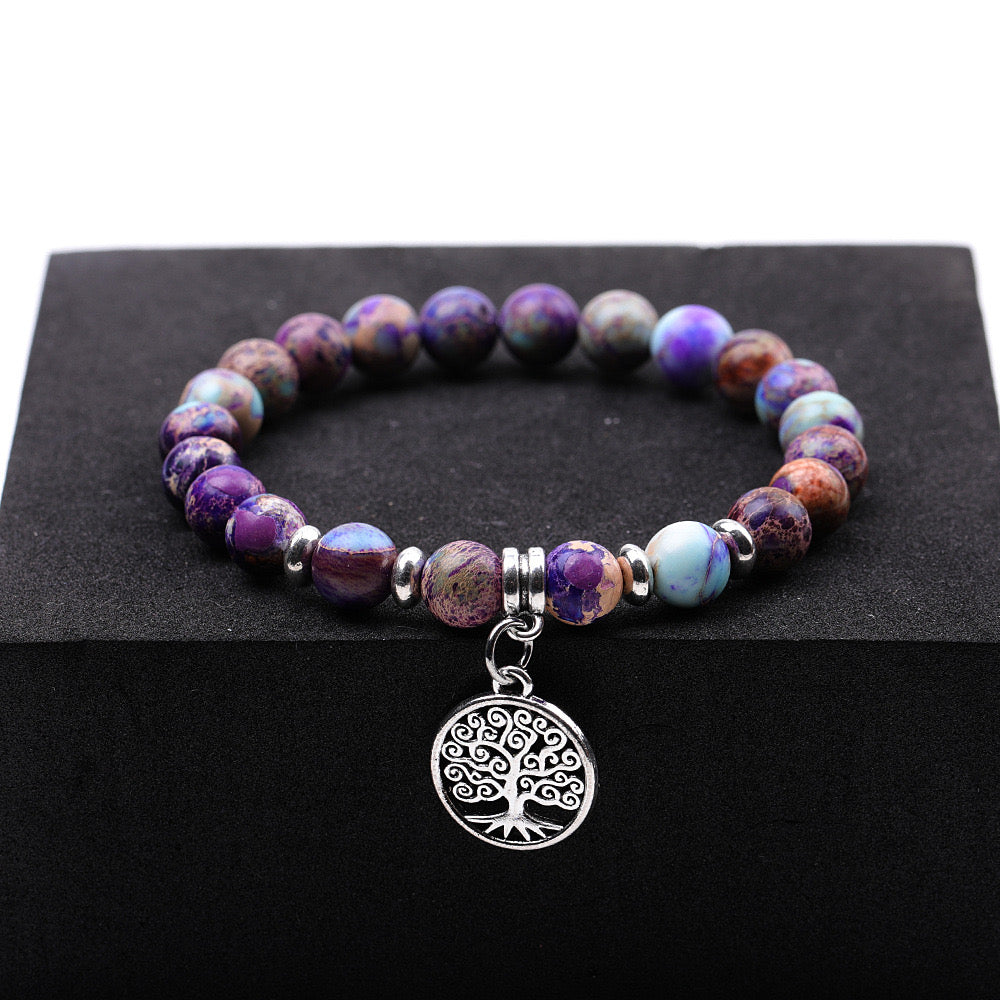
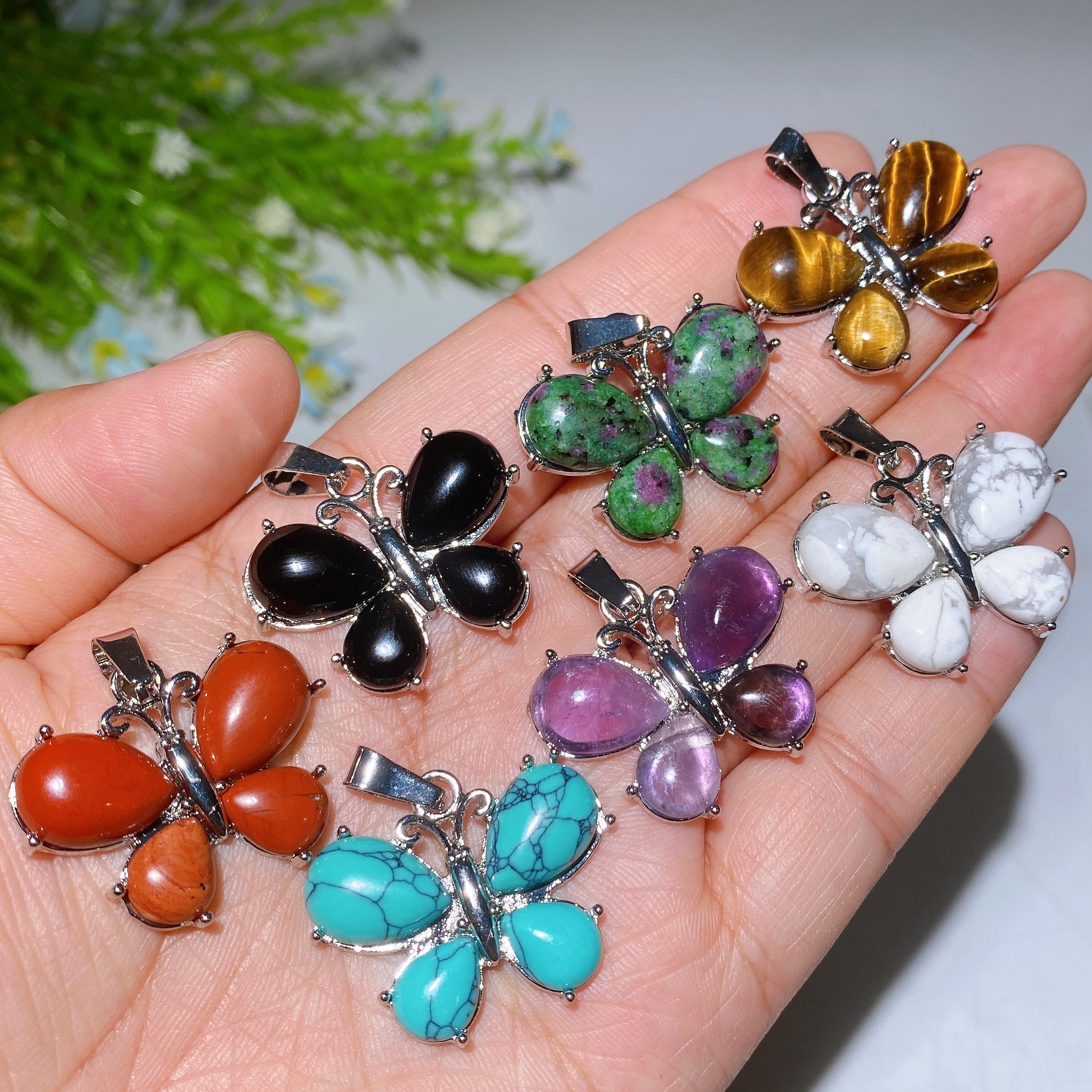
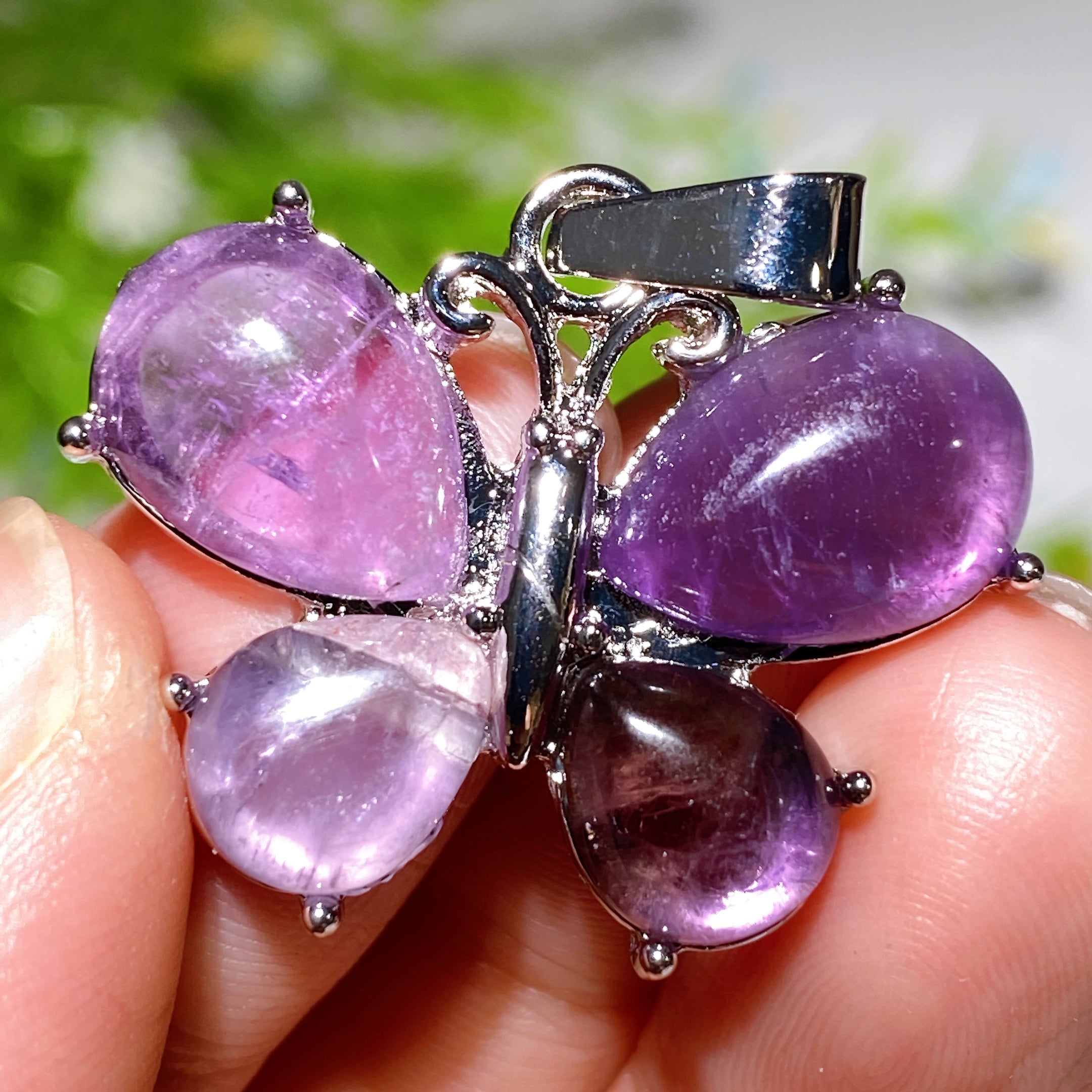
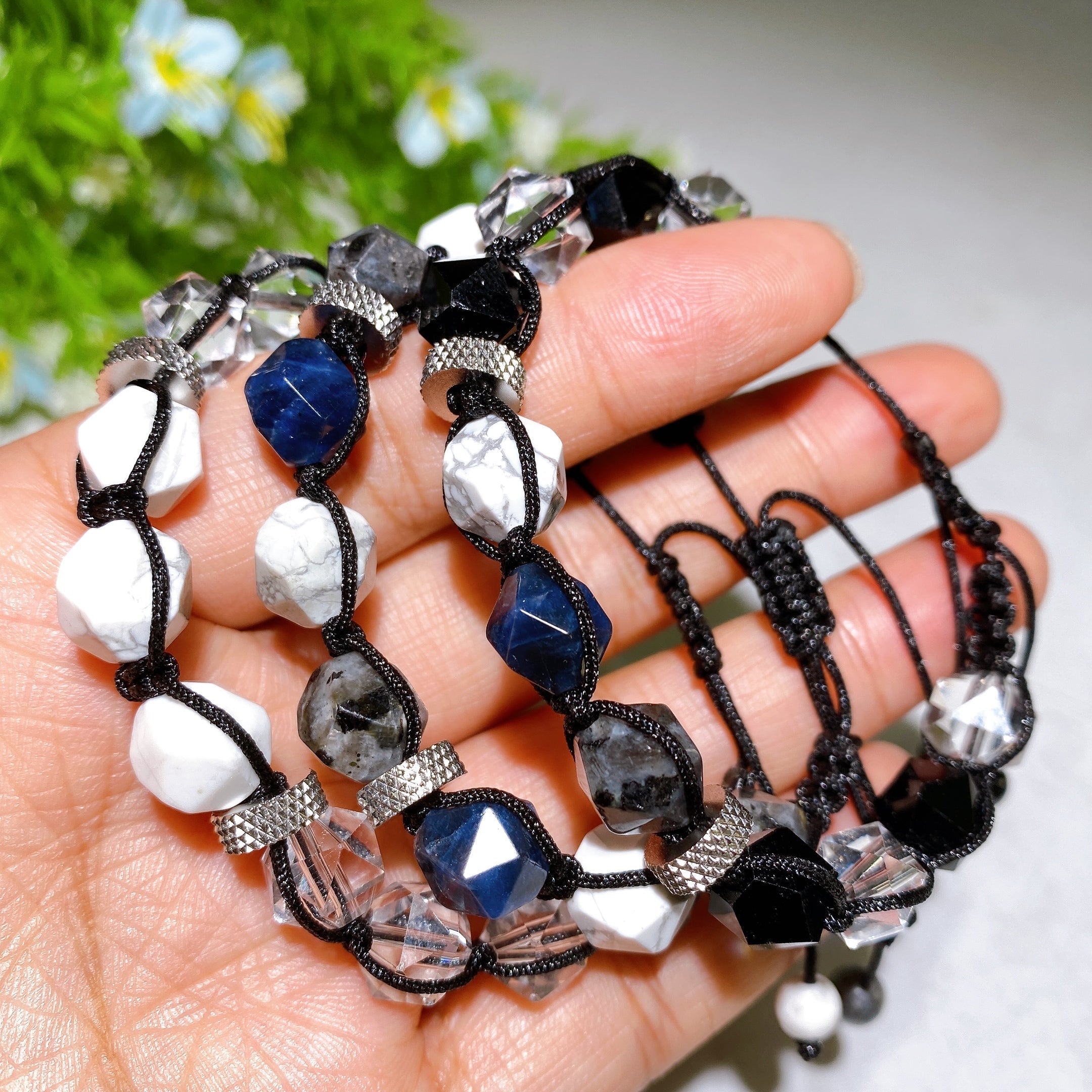


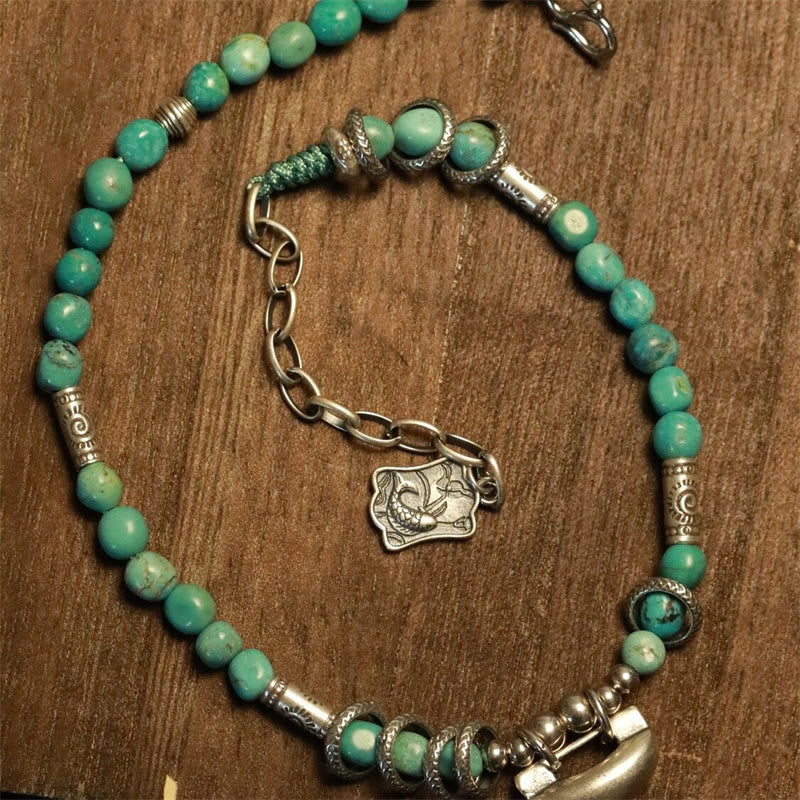






Willkommen in der Welt des Türkis, eines faszinierenden Edelsteins, der das ruhige Blau des Himmels und die stillen Tiefen des Meeres widerspiegelt. Seit Jahrtausenden wird dieser heilige Stein nicht nur wegen seiner atemberaubenden Schönheit geschätzt, sondern auch wegen seiner tiefen Verbindung zu Weisheit, Schutz und Wahrheit.
Unsere kuratierte Kollektion würdigt jede Facette dieses bemerkenswerten Kristalls, von seinen rohen, erdigen Formen bis hin zu seiner polierten Präsenz in echtem Türkisschmuck. Hier entdecken Sie einen Stein, der dem Geist Trost und dem Herzen Kraft spendet.
Die spirituelle Bedeutung und metaphysischen Eigenschaften von Türkis
Die spirituelle Bedeutung von Türkis liegt tief in Ruhe, Ganzheit und Schutz. Er wird als Meisterheilstein verehrt, als Verbindung zwischen Himmel und Erde, und vermittelt dem Träger ein tiefes Gefühl von Frieden und energetischer Sicherheit.
Dieser leuchtend türkisfarbene Kristall wird vor allem mit dem Halschakra in Verbindung gebracht, dem Energiezentrum der Kommunikation und des Selbstausdrucks. Durch die Reinigung und Aktivierung dieses Chakras befähigt Türkis Sie, Ihre Wahrheit mit Klarheit, Mitgefühl und Selbstvertrauen auszusprechen. Er fördert einen ehrlichen und offenen Dialog, fördert das Verständnis in Beziehungen und den Mut beim öffentlichen Reden.
Als kraftvoller türkisfarbener Energiestein dient er als hervorragender Schutzschild gegen negative Einflüsse und äußere Schadstoffe. Man glaubt, dass er negative Energie absorbiert und den Träger vor Schaden und Unglück schützt – eine Eigenschaft, die ihn im Laufe der Geschichte zu einem geschätzten Amulett für Krieger, Könige und spirituell Suchende gemacht hat.
Vorteile von Türkisstein für Körper und Geist
Die heilenden Eigenschaften von Türkis erstrecken sich über den emotionalen, intellektuellen und physischen Bereich. Seine Energie ist reinigend und ausgleichend, wirkt auf alle Chakren und stellt einen Zustand ganzheitlichen Wohlbefindens wieder her.
Emotionale Heilung und Ausgeglichenheit
Türkis ist Balsam für einen müden Geist. Er stabilisiert Stimmungsschwankungen und schenkt innere Ruhe. Damit ist er ein hervorragender Stein zur Bewältigung von Erschöpfungsgefühlen, Depressionen oder Panik. Er fördert die Selbstverwirklichung und unterstützt die kreative Problemlösung. Er hilft Ihnen, vergangene Herausforderungen mit einer hoffnungsvolleren und einfallsreicheren Einstellung zu betrachten.
Dieser sanfte Stein fördert Selbstvergebung und Selbstakzeptanz und hilft, alte Reue und Muster der Selbstsabotage loszulassen. Er erinnert Sie daran, dass jede Erfahrung Teil Ihrer Reise ist und fördert ein Gefühl des Friedens mit Ihrer Vergangenheit und Gegenwart.
Verbesserung der Kommunikation und Kreativität
Wenn Sie Ihre Fähigkeit verbessern möchten, Ihre Gedanken und Ideen auszudrücken, ist Türkis ein unschätzbarer Verbündeter. Er nimmt Ihnen die Angst vor öffentlichen Reden und inspiriert Sie, Ihre Weisheit mit der Welt zu teilen. Er ist ein Stein für Schriftsteller, Redner und Führungskräfte, die authentisch und wirkungsvoll kommunizieren möchten.
Dieser Stein ebnet nicht nur den Weg für die Kommunikation, sondern regt auch das kreative Denken an. Er hilft, kreative Blockaden aufzulösen und fördert die Spontaneität, sodass neue Ideen und Perspektiven frei fließen können.
Körperliches Wohlbefinden und Vitalität
Im Bereich der körperlichen Heilung werden die Vorteile des türkisfarbenen Steins traditionell mit der Stärkung des gesamten Körpers in Verbindung gebracht. Er soll das Immunsystem unterstützen, die Aufnahme von Nährstoffen fördern und entzündungshemmende und entgiftende Wirkungen besitzen.
Viele glauben, dass es Schmerzen lindern und Krämpfe reduzieren kann, was es zu einem unterstützenden Begleiter bei der körperlichen Genesung macht. Es soll die Lunge reinigen, Halsschmerzen lindern und heilen und Augenprobleme, einschließlich Katarakte, heilen.
Das bleibende Erbe von Türkis in Geschichte und Kultur
Die Faszination des Türkises ist kein modernes Phänomen. Seine Geschichte ist tief in die Geschichte alter Zivilisationen und Adelsdynastien eingewoben und zeugt von seiner zeitlosen Kraft und Schönheit.
Ein heiliger Stein in der Kultur der amerikanischen Ureinwohner
Wohl keine Kultur schätzt Türkis so sehr wie die indigenen Völker des Südwestens der USA. Für Stämme wie die Navajo, Zuni und Apachen ist Türkis in der Kultur der amerikanischen Ureinwohner mehr als nur ein Edelstein; er ist ein Stück Himmel, das auf die Erde gefallen ist, ein heiliges Geschenk, das Leben, Schutz und Glück verkörpert.
Er wurde als zeremonieller Edelstein, Tauschmittel und mächtiger Schutztalisman verwendet. Schamanen nutzten seine Energie zur Heilung, und Krieger trugen ihn für ihre Unbesiegbarkeit. Die komplexen Matrixmuster wurden als Karten des Kosmos interpretiert und verbanden den Träger mit dem Großen Geist.
Antike Welten und königlicher Schmuck
Die Geschichte des Türkises reicht mindestens bis 6000 v. Chr. zurück. Im alten Ägypten schmückten sich Pharaonen und Herrscher mit Türkis und ließen ihn in ihre Throne, Dolche und Totenmasken einlegen, am bekanntesten ist die Maske von König Tutanchamun. Sie glaubten, dass Türkis sowohl im Leben als auch im Jenseits Schutz bietet.
Im alten Persien wurde der türkisfarbene Edelstein um den Hals oder das Handgelenk getragen, um vor einem unnatürlichen Tod zu schützen. Man glaubte, dass der Stein seine Farbe ändern würde, um den Träger vor drohender Gefahr zu warnen und so Gesundheit und Glück widerzuspiegeln.
Den türkisfarbenen Edelstein verstehen
Die Welt des Türkises erfordert ein scharfes Auge. Da es sich um einen geschätzten Edelstein handelt, ist das Verständnis seiner Eigenschaften der Schlüssel zur Wertschätzung seiner wahren Qualität und seines Wertes. Unsere Kollektion konzentriert sich auf authentische, hochschwingende Steine, denen Sie vertrauen können.
So erkennen Sie echten Türkis
Um echten Türkis zu erkennen, müssen Sie seine Farbe, Matrix und Härte untersuchen. Echter Türkis hat eine Farbe, die von einem strahlenden Himmelblau (oft als „Rotkehlchen-Ei“ oder „Persisches Blau“ bezeichnet) bis hin zu Blaugrün- und Apfelgrüntönen reicht. Die Farbe ist typischerweise undurchsichtig und kann einen leicht wachsartigen Glanz aufweisen.
Viele natürliche Türkisstücke weisen eine „Matrix“ auf, die Reste des Muttergesteins, die in Form dünner Adern oder Flecken in Braun, Schwarz oder Goldbraun erscheinen. Eine „Spinnennetz“-Matrix ist oft sehr begehrt. Seien Sie vorsichtig bei Steinen mit einer vollkommen einheitlichen Farbe und ohne Matrix, da es sich dabei manchmal um gefärbten Howlith oder Plastikimitationen handeln kann. Echter Türkis ist für einen Edelstein zudem relativ weich (5-6 auf der Mohs-Skala) und kann daher leichter zerkratzt werden als Quarz.
Was Türkis wertvoll macht
Der Wert eines Türkises hängt von mehreren Faktoren ab. Der wichtigste ist die Farbe . Besonders gefragt sind intensive, gleichmäßige mittelblaue Farbtöne. Der zweite Faktor ist die Matrix . Ein feines, ausgewogenes Spinnennetzmuster kann den Wert steigern, während eine schwere, unattraktive Matrix ihn mindert. Steine ohne Matrix werden auch wegen ihrer reinen Farbe hoch geschätzt.
Auch die Herkunft des Steins ist entscheidend. Türkis aus klassischen, inzwischen stillgelegten Minen wie der Sleeping Beauty Mine in Arizona ist aufgrund seiner Seltenheit und legendären Farbe besonders wertvoll. Schließlich ist auch der Grad der Behandlung entscheidend; völlig natürlicher, unbehandelter Türkis ist die seltenste und wertvollste Form.
Unsere Kollektion von Rohtürkis und echtem Türkisschmuck
Wir würdigen das gesamte Spektrum der Ausdrucksformen dieses unglaublichen Steins. Unsere Kollektion umfasst Stücke für jeden Zweck, von der persönlichen Heilarbeit bis hin zum Setzen schöner und bedeutungsvoller Statements.
Für Puristen bietet unsere Auswahl an rohem Türkis den Stein in seinem kraftvollsten, ungezähmten Zustand. Diese natürlichen Brocken und Formationen eignen sich perfekt für die Platzierung an einem heiligen Ort, zur Verwendung bei der Meditation oder zum Halten, um sich direkt mit der erdenden und schützenden Erdenergie des Steins zu verbinden.
Unser Sortiment an echtem Türkisschmuck unterstreicht die edle Eleganz des Steins. Jedes Schmuckstück unterstreicht den einzigartigen Charakter des Edelsteins – sei es ein Anhänger in der Nähe des Halschakras oder ein Armband, das beständig schützende Energie spendet. Als berühmter Türkis-Geburtsstein für Dezember ist er ein sehr persönliches und wertvolles Geschenk für die in diesem Monat Geborenen und schenkt ihnen ein Leben voller Weisheit und Glück.
Pflege Ihres türkisfarbenen Kristalls
Um die Schönheit und Energie Ihres Türkises zu bewahren, ist die richtige Pflege unerlässlich. Türkis ist ein poröses Phosphatmineral, das heißt, es ist weicher und empfindlicher als Kristalle wie Quarz.
Um Ihren Stein zu reinigen, wischen Sie ihn einfach mit einem weichen, trockenen Tuch ab. Vermeiden Sie längeres Wasser und verwenden Sie niemals aggressive chemische Reinigungsmittel, Seifen oder Ultraschallreiniger, da diese die Oberfläche des Steins beschädigen und seine Farbe verändern können. Es ist außerdem ratsam, Ihren Türkisschmuck vor dem Händewaschen, Eincremen oder Schwimmen abzulegen.
Bewahren Sie Ihren Türkis getrennt von härteren Edelsteinen auf, um Kratzer zu vermeiden. Bei sorgfältiger Behandlung bleibt Ihr Türkis über Jahre hinweg ein lebendiger und kraftvoller Begleiter.
Häufig gestellte Fragen zu Türkissteinen
Spirituell wird Türkis als Meisterheilstein und mächtiger Beschützer verehrt. Er soll die Kluft zwischen Himmel und Erde überbrücken und Ganzheit, Wahrheit und Ruhe fördern. Seine primäre spirituelle Funktion besteht darin, das Halschakra zu aktivieren und so ehrliche Kommunikation und den Ausdruck der tiefsten Wahrheiten zu fördern.
Türkis symbolisiert Weisheit, Schutz, Glück und Hoffnung. In vielen Kulturen, insbesondere in den indianischen und persischen, gilt er als heiliger Talisman , der vor Bösem und Negativem schützt. Seine himmelblaue Farbe verbindet ihn mit dem Himmel und seine Grüntöne mit der Erde und stellen eine starke Verbindung zu allem Leben dar.
Sie können Türkis auf vielfältige Weise verwenden, um von seiner Energie zu profitieren. Tragen Sie ihn als echten Türkisschmuck , zum Beispiel als Halskette oder Anhänger, um seine Energie in der Nähe Ihres Halschakras zu halten und so eine klare Kommunikation zu ermöglichen. Sie können auch einen rohen oder getrommelten Stein als Schutzamulett in Ihrer Tasche tragen oder ihn zu Hause oder im Büro platzieren, um eine ruhige, reine Umgebung zu schaffen.
Türkis nimmt aufgrund seiner reichen Geschichte und seiner unverwechselbaren Farbe einen einzigartigen und wichtigen Platz unter den Edelsteinen ein. Er ist einer der ersten Edelsteine, die jemals abgebaut wurden, und wird seit über 6.000 Jahren für Schmuck und Ornamente verwendet. Seine Bedeutung liegt in seiner kulturellen Bedeutung als heiliger Schutzstein und seinem Status als wertvoller, undurchsichtiger Edelstein mit einer einzigartigen Farbe.
Der Wert von Türkis wird durch seine Farbe, Matrix, Herkunft und die Frage, ob er natürlich oder behandelt ist, bestimmt. Der wertvollste Türkis hat eine intensive, gleichmäßige, mittelblaue Farbe. Eine feine, ausgewogene Matrix aus Spinnennetzen kann den Wert steigern, ebenso wie die Herkunft aus einer berühmten, erschöpften Mine. Völlig natürlicher, unbehandelter Türkis ist am seltensten und erzielt den höchsten Preis.
Ja, hochwertiger, echter Türkis kann recht teuer sein, insbesondere wenn er natürlich und unbehandelt aus einer berühmten Mine stammt. Sein Preis kann mit dem von Diamanten konkurrieren. Türkis ist jedoch in einer breiten Palette von Qualitäten und Preisen erhältlich. Gängigere Sorten mit weniger attraktiver Farbe oder schwerer Matrix sind deutlich günstiger, sodass dieser wunderschöne Stein in verschiedenen Preisklassen erhältlich ist.
Türkis kann sowohl blau als auch grün sein und viele Zwischentöne aufweisen. Er ist ein idiochromatischer Edelstein, d. h. seine Farbe ergibt sich aus seiner chemischen Zusammensetzung, hauptsächlich Kupfer. Reiner blauer Türkis ist seltener und oft wertvoller, während Eisenverunreinigungen dem Stein einen eher grünlichen Farbton verleihen. Der genaue Farbton hängt ganz von den spezifischen Bedingungen am Entstehungsort ab.
In der Bibel wird Türkis nicht unter seinem modernen Namen erwähnt. Einige Gelehrte glauben jedoch, dass sich der als einer der Steine im Brustpanzer des Hohepriesters erwähnte „Ligure“ oder „Karfunkel“ (Exodus 28:19) möglicherweise auf einen Stein wie Türkis oder Lapislazuli beziehen könnte. Die historischen und sprachlichen Übersetzungen sind komplex, sodass es in der Bibel keinen direkten, bestätigten Hinweis auf Türkis gibt.
Tauchen Sie tiefer in die Welt der Heilsteine ein, indem Sie unsere komplette Sammlung von Kristallarten erkunden.














